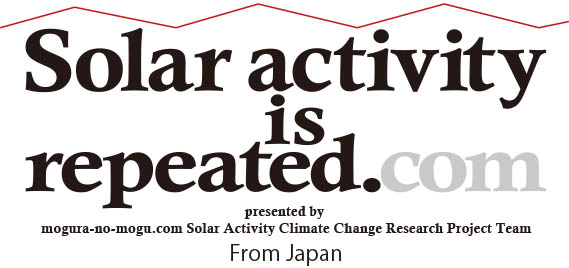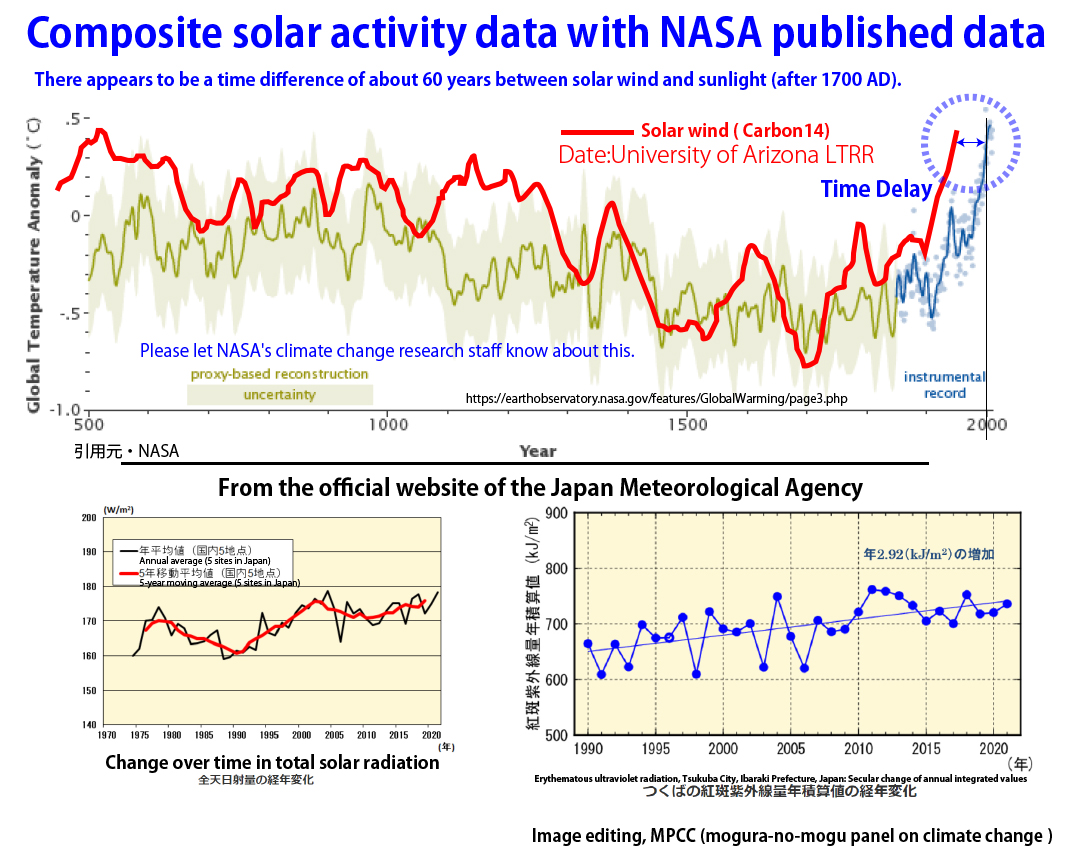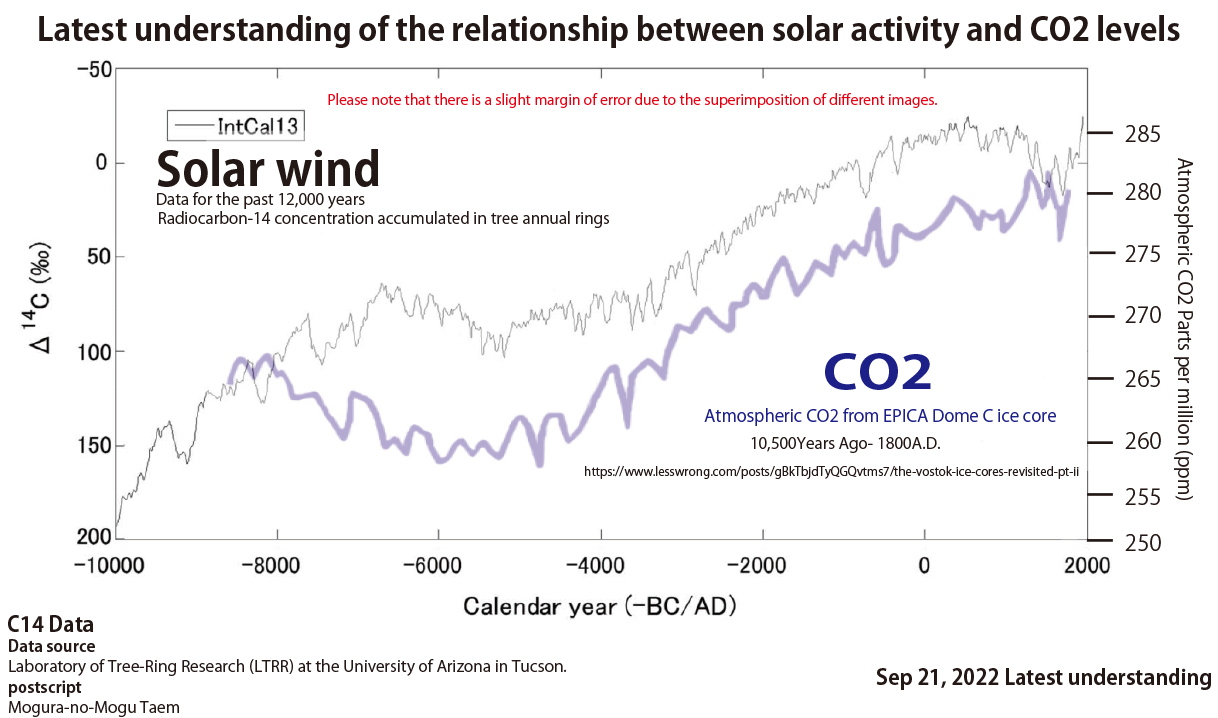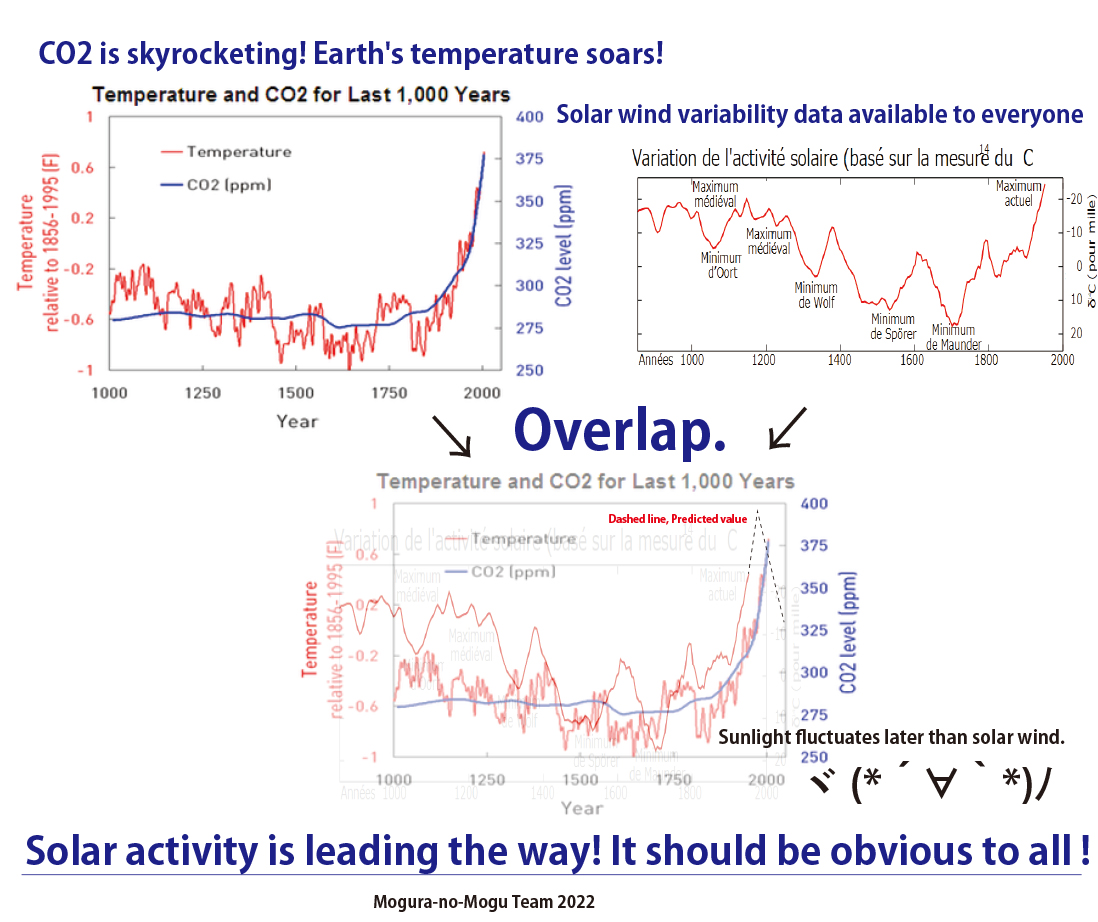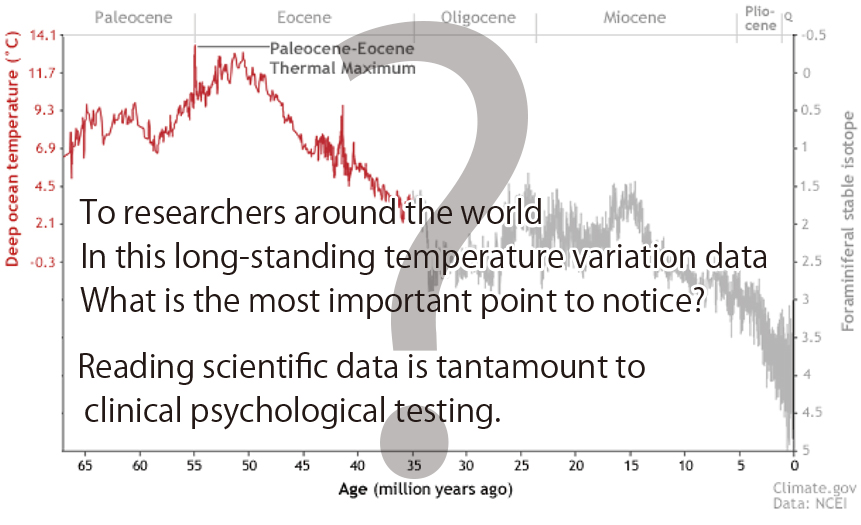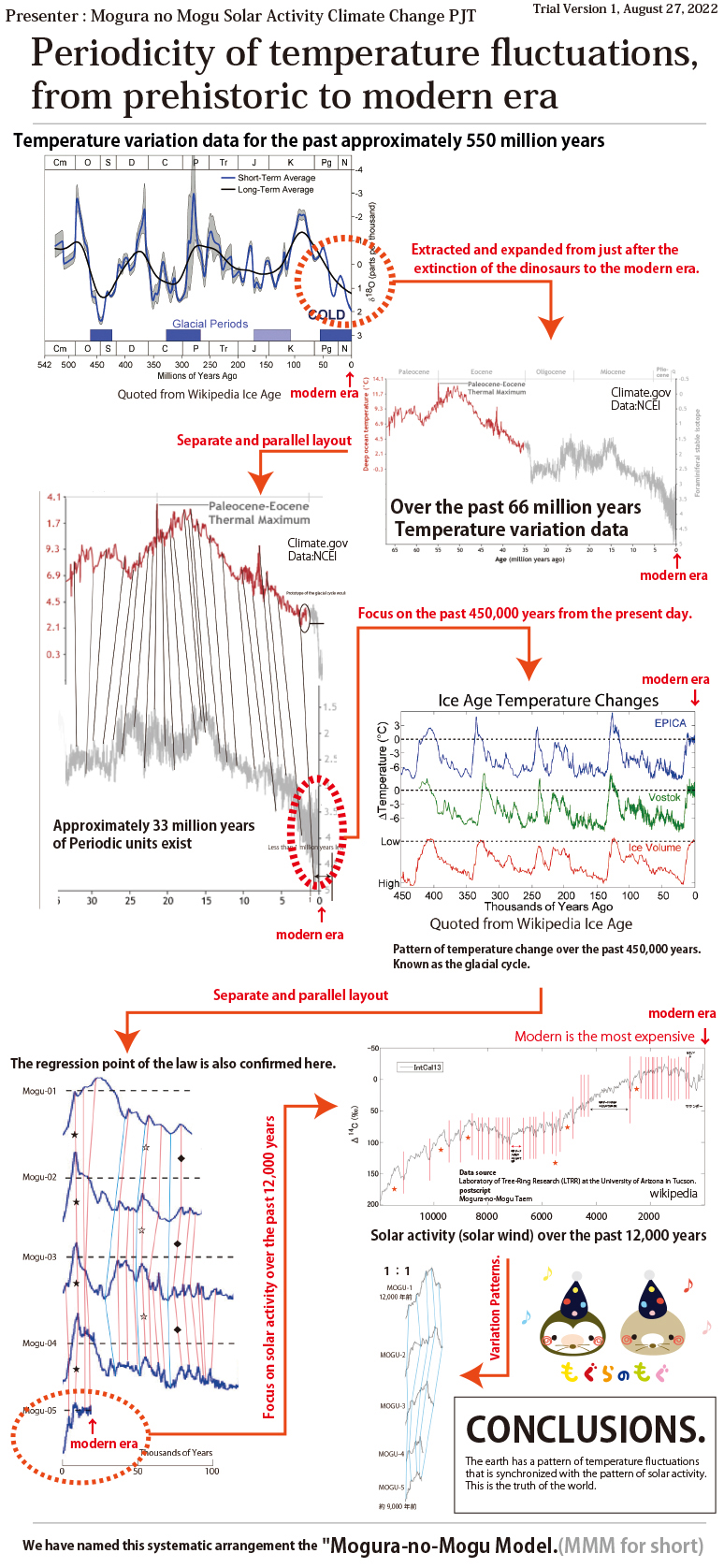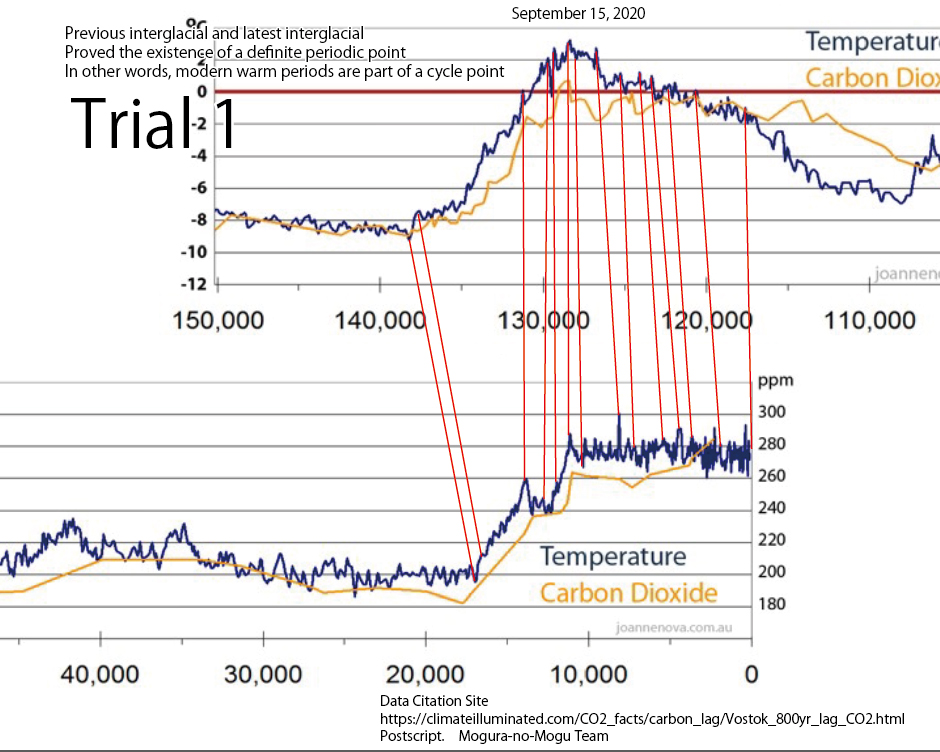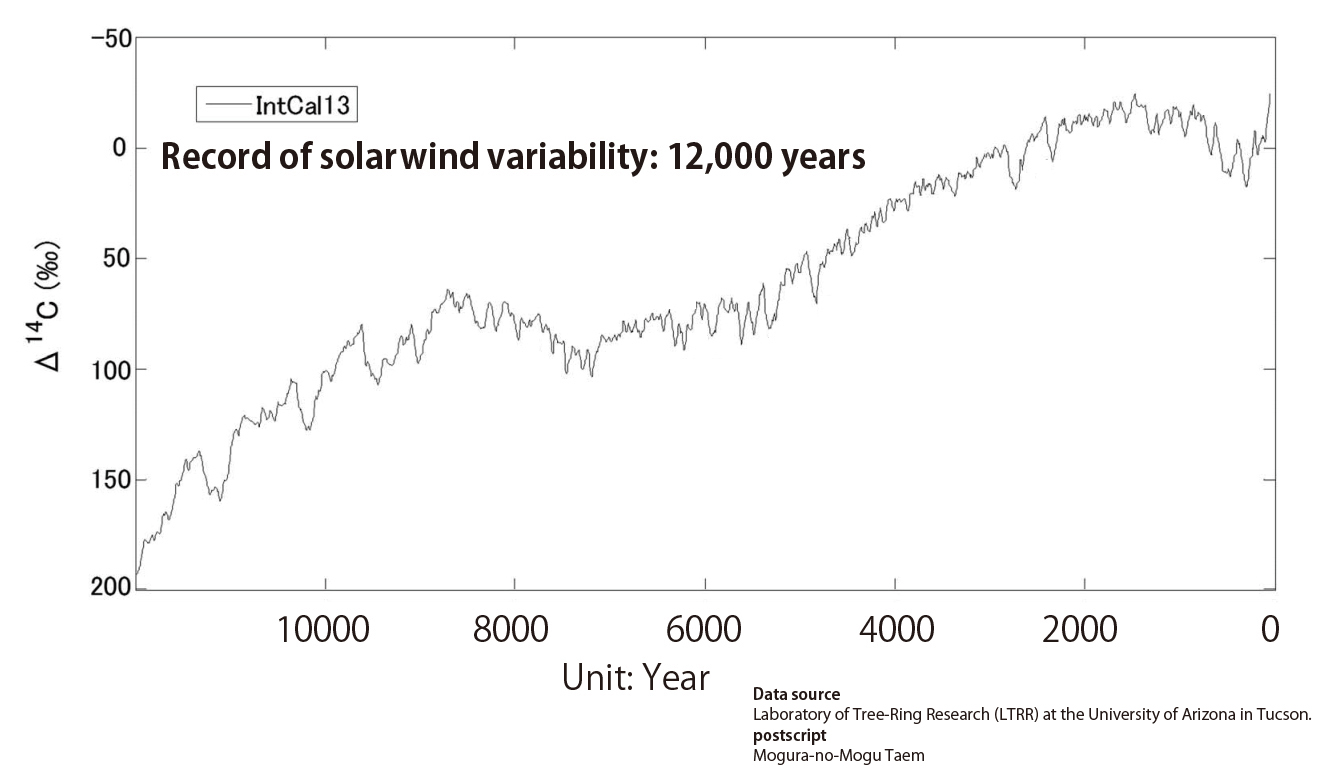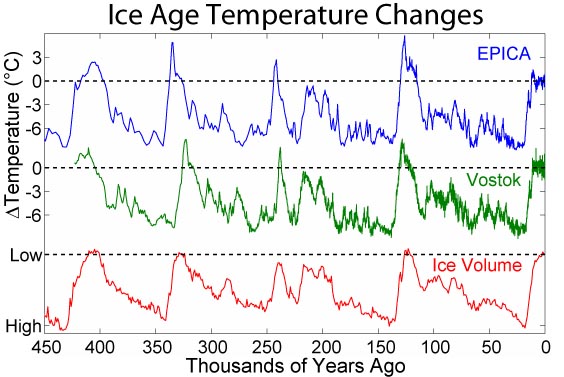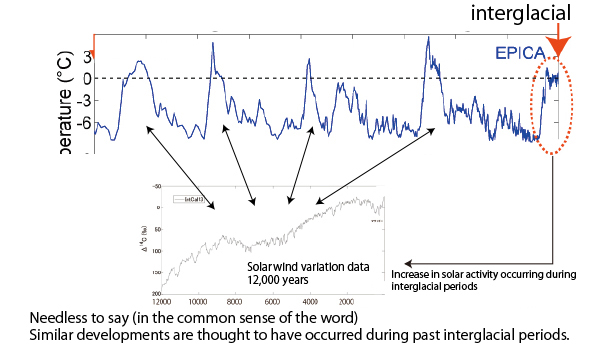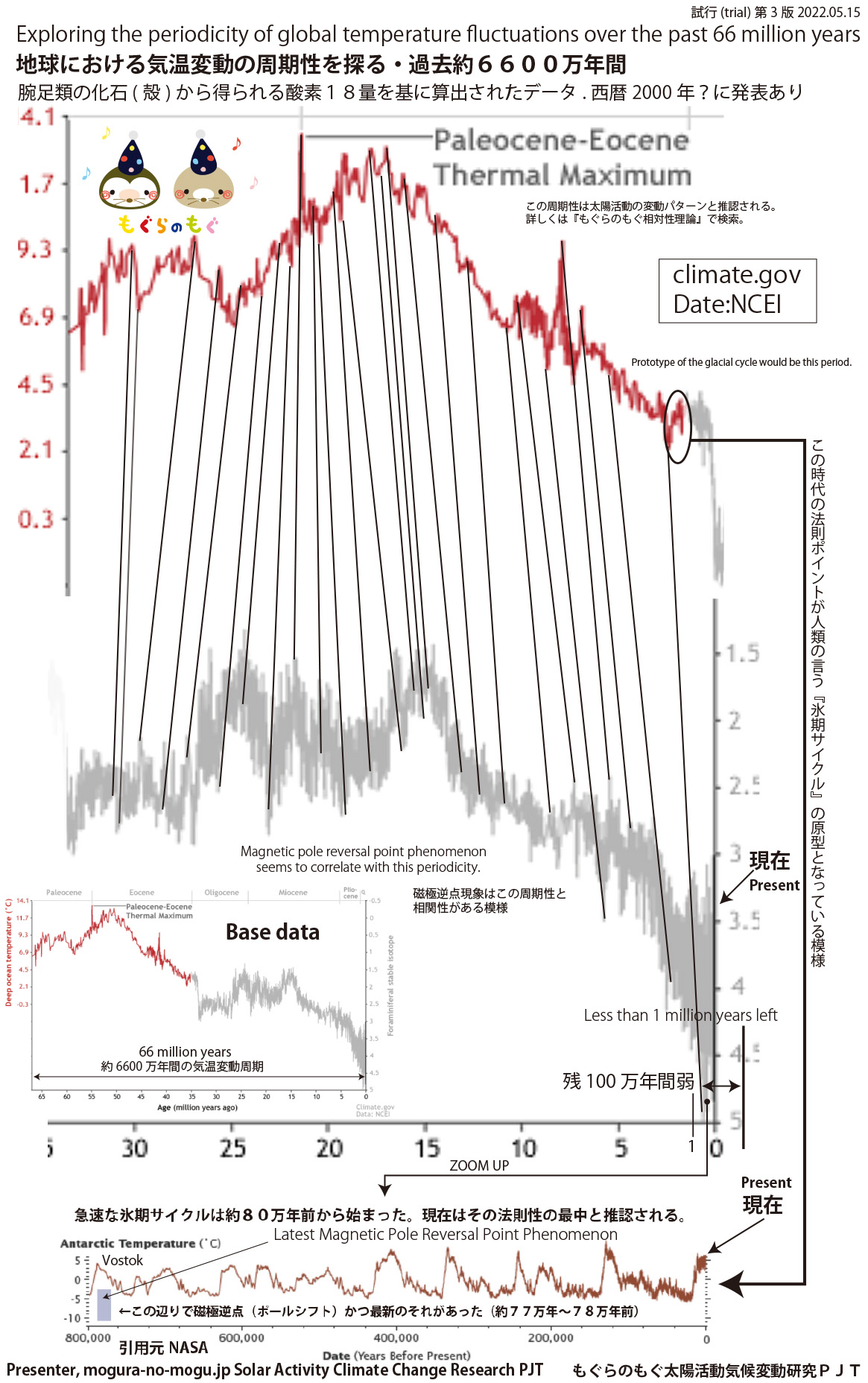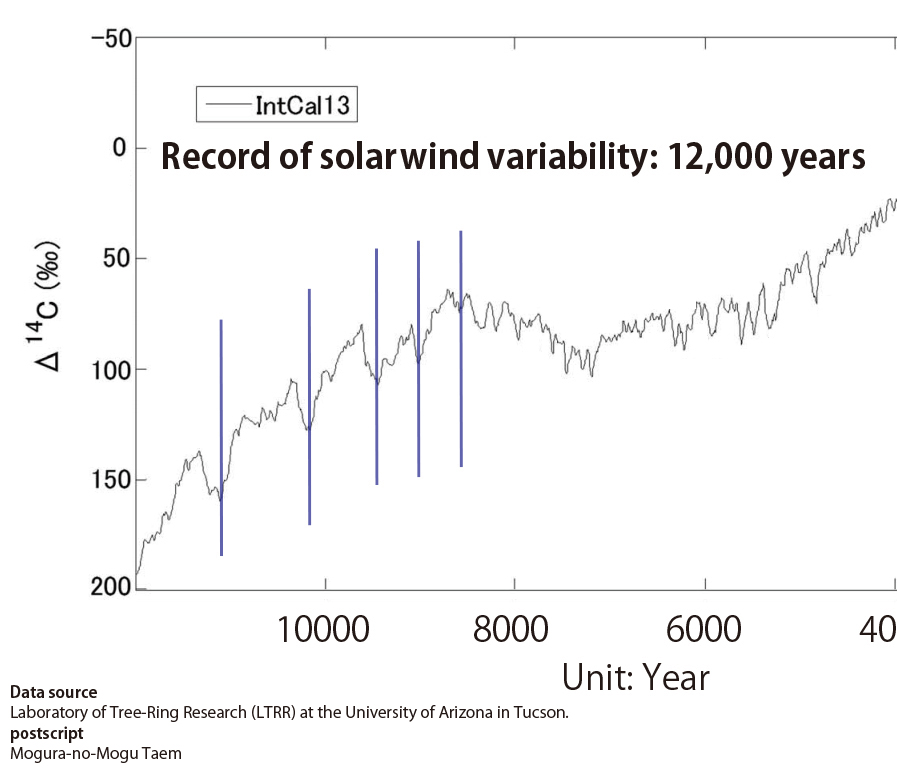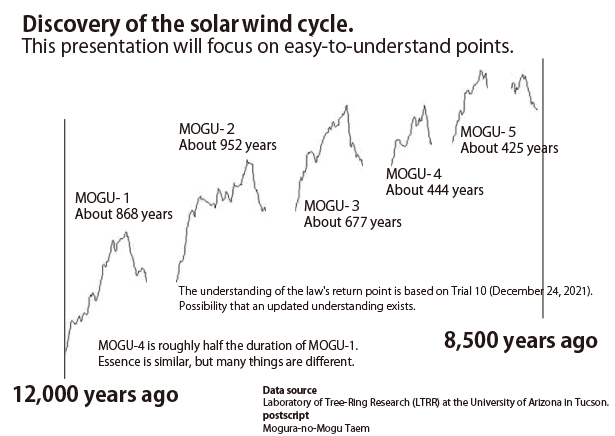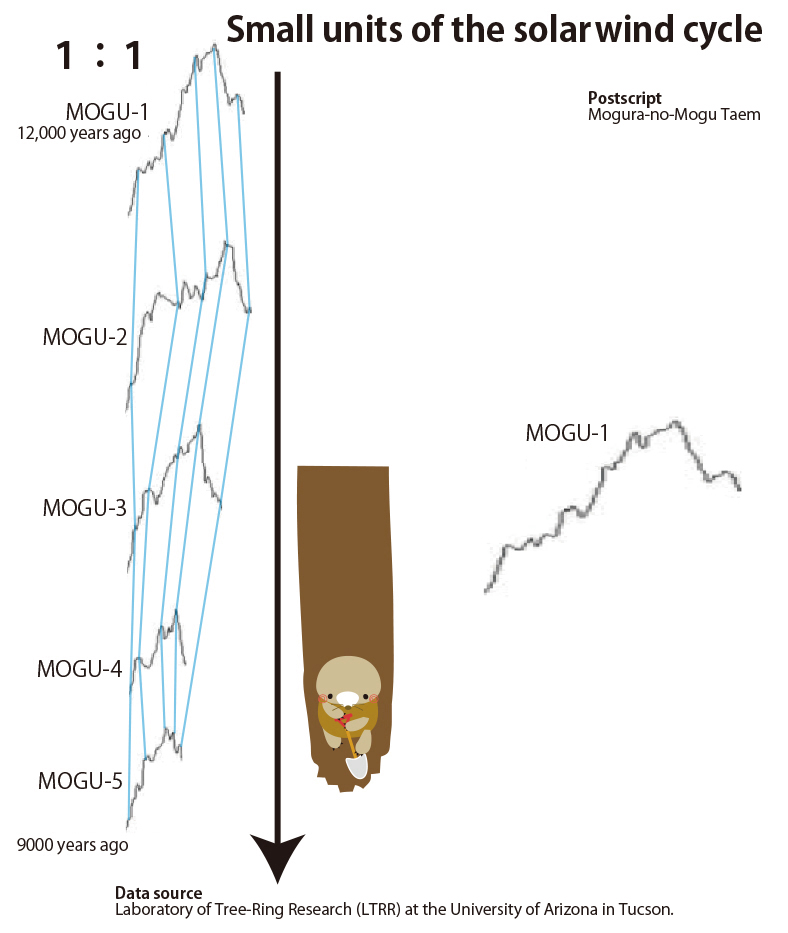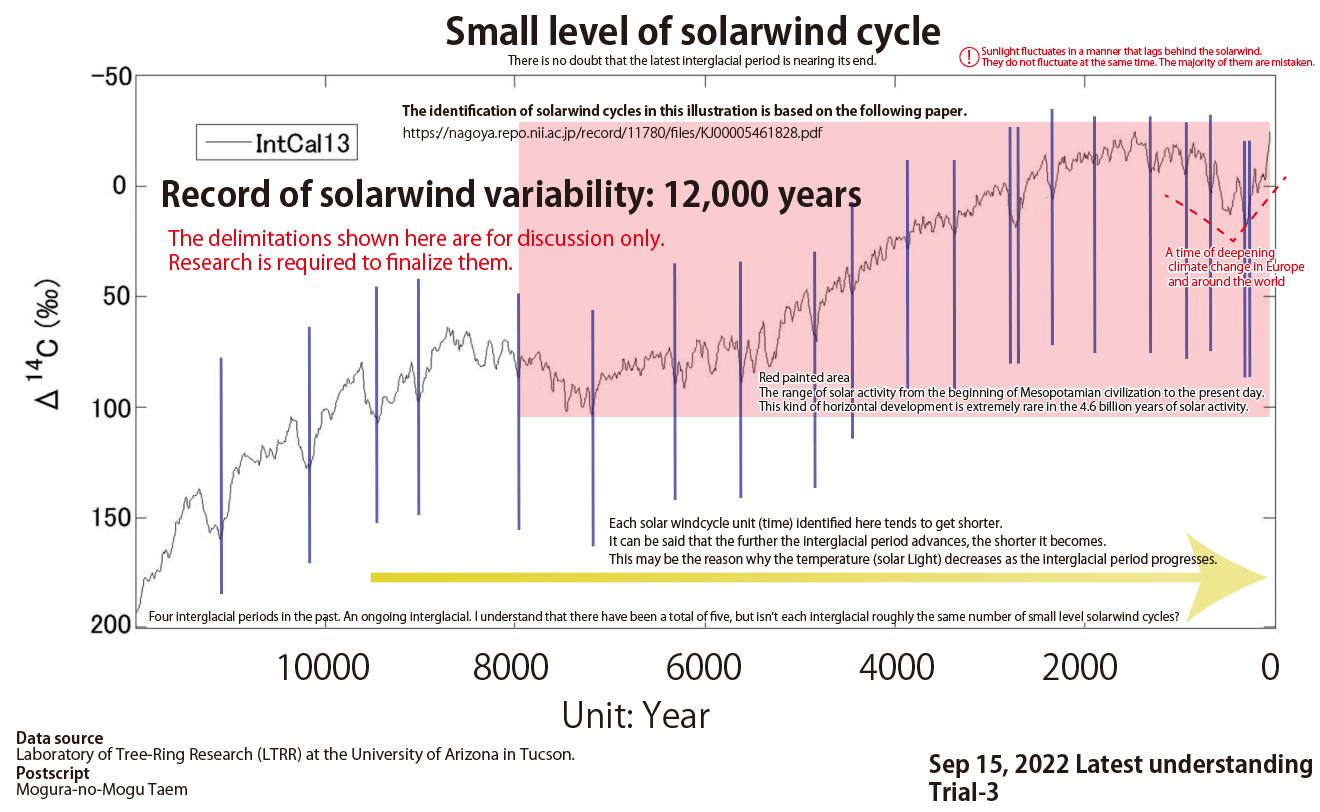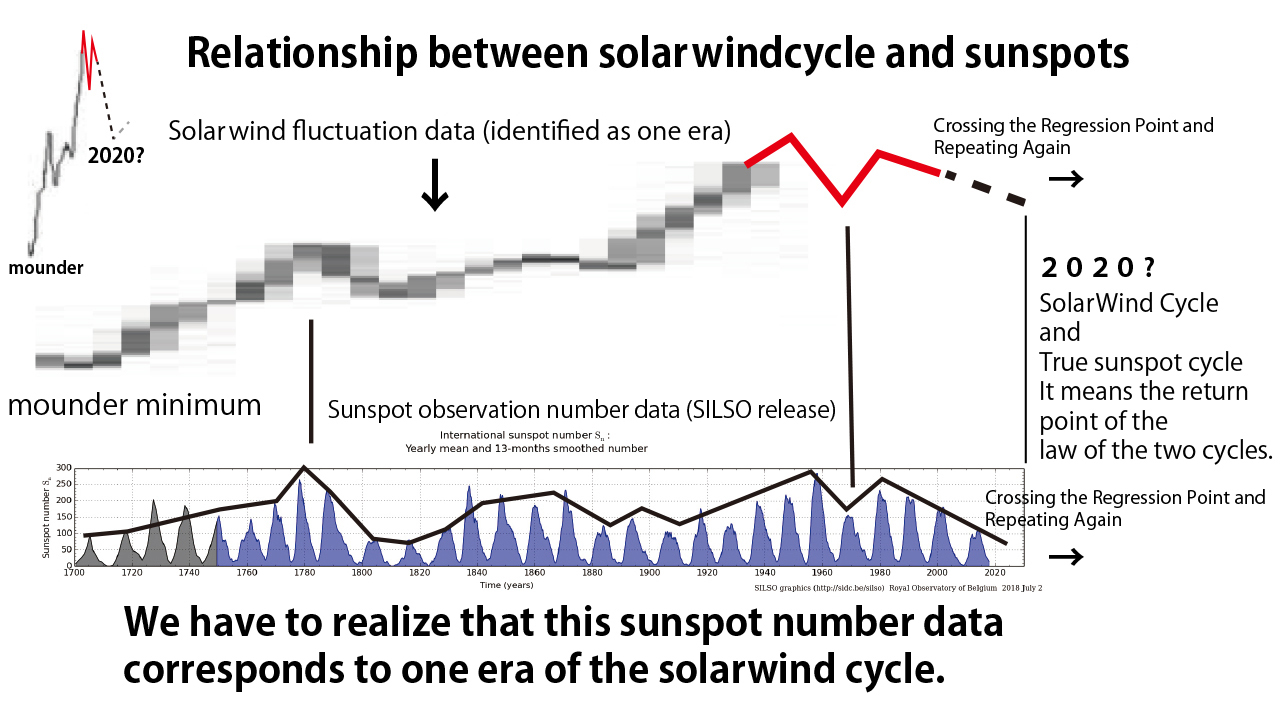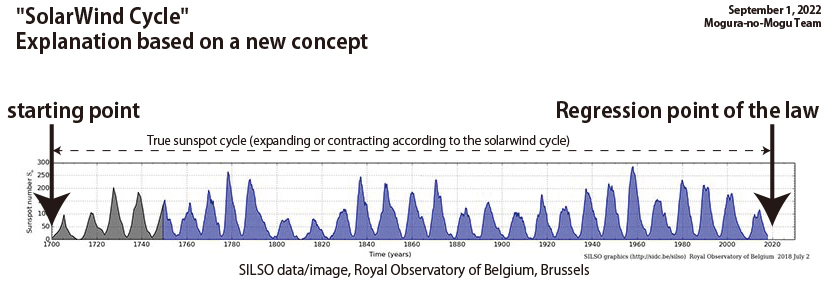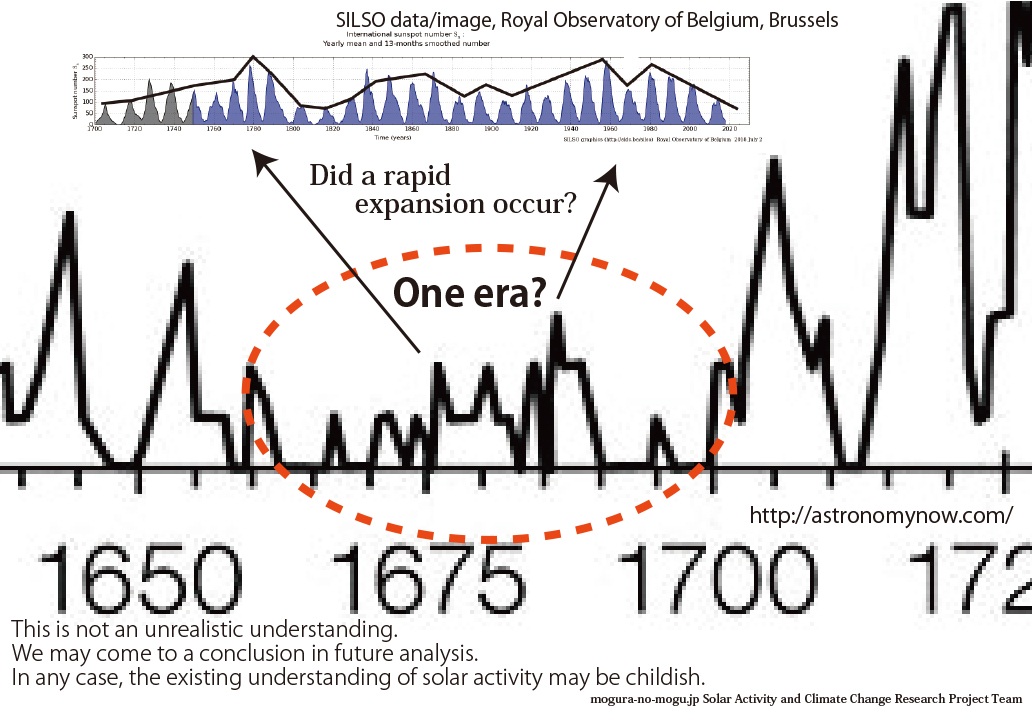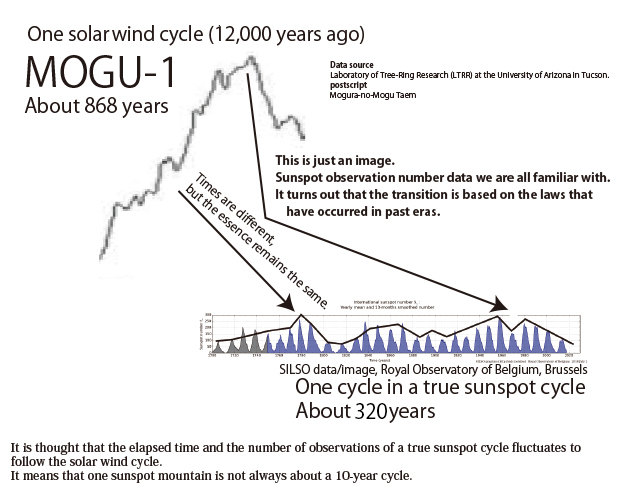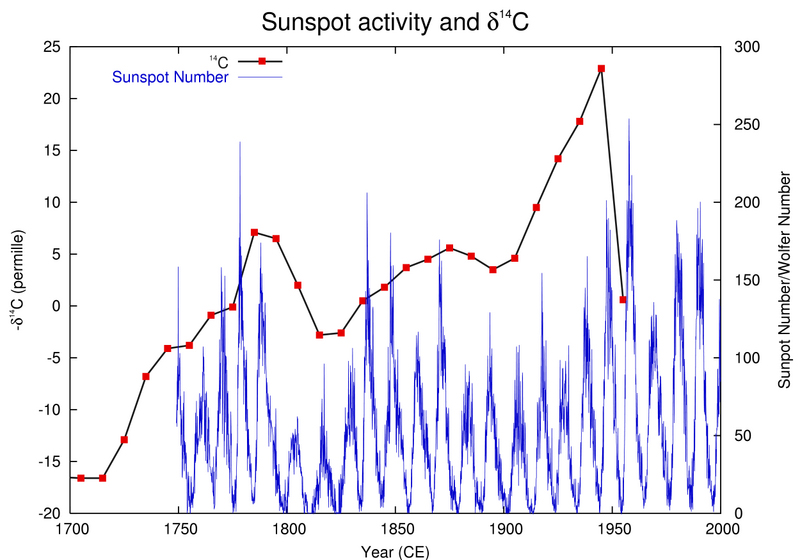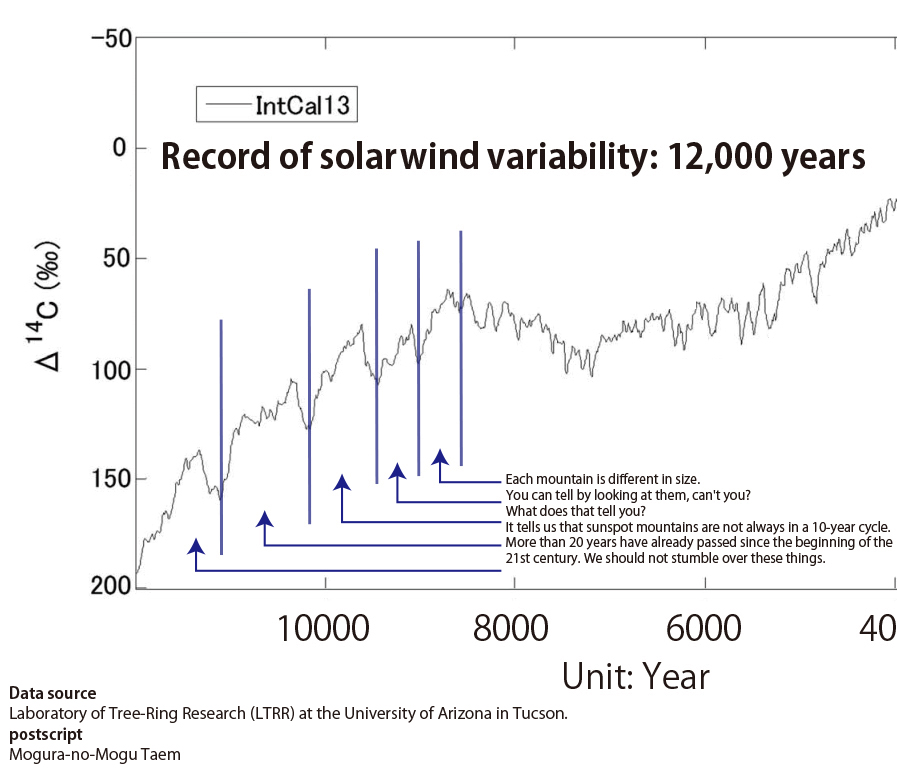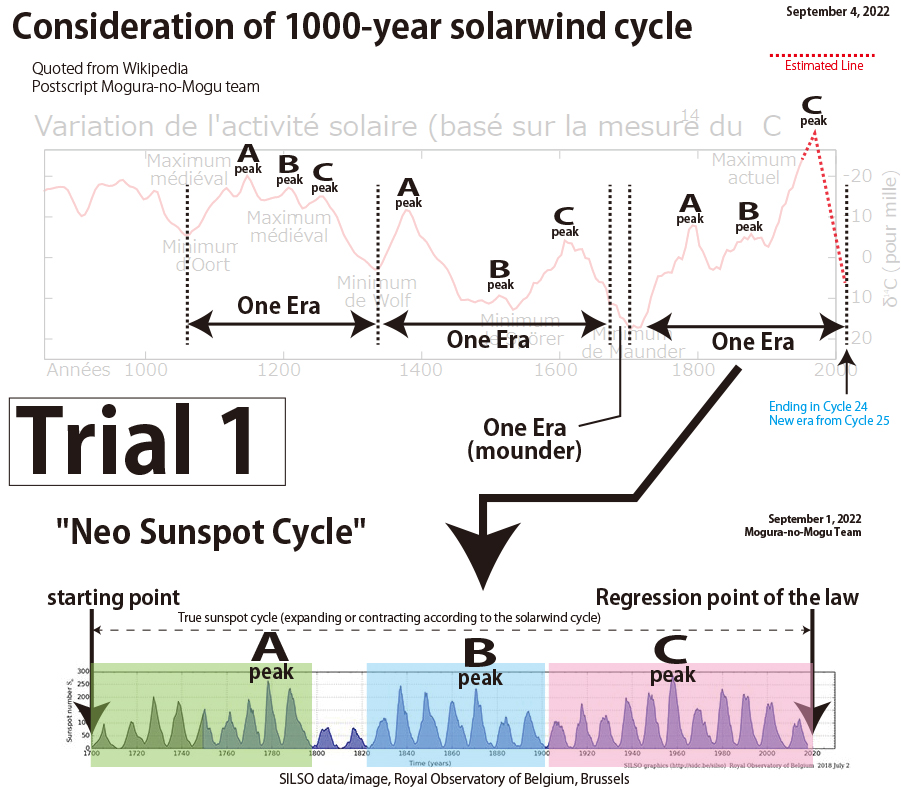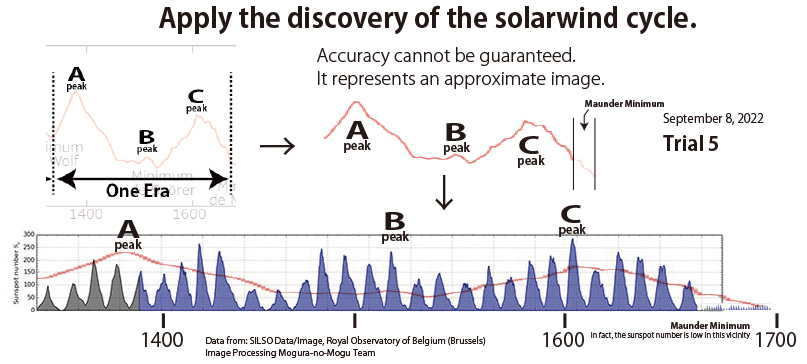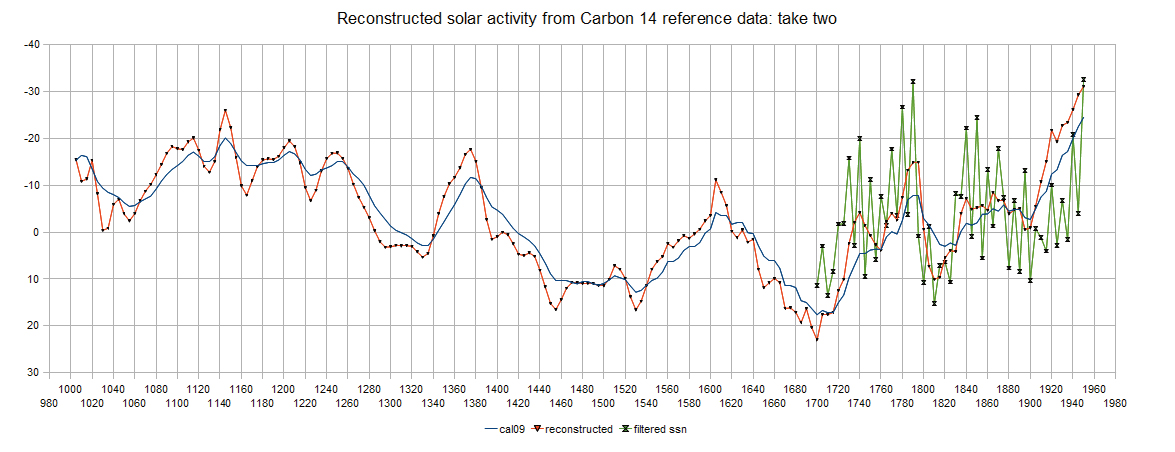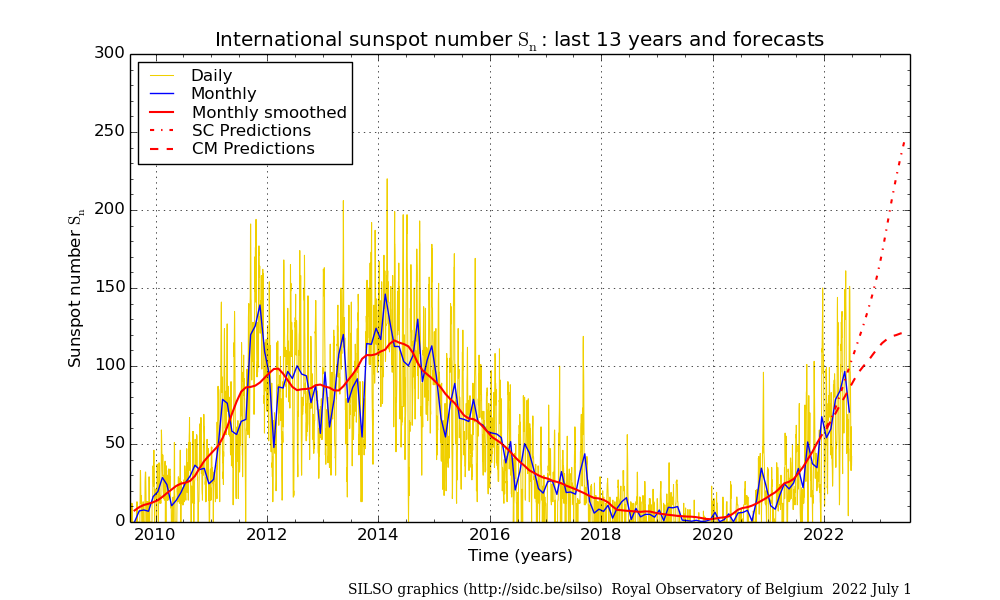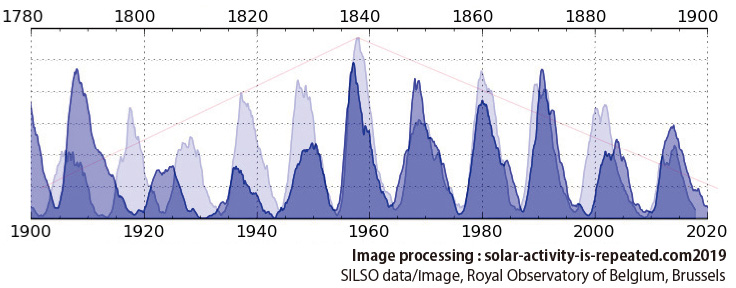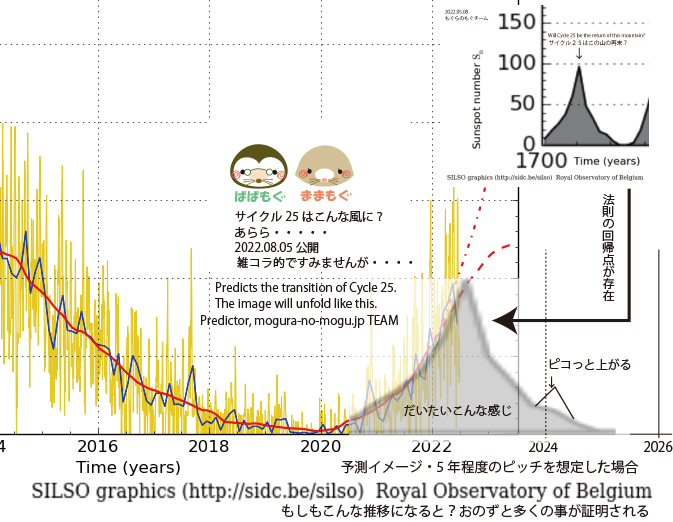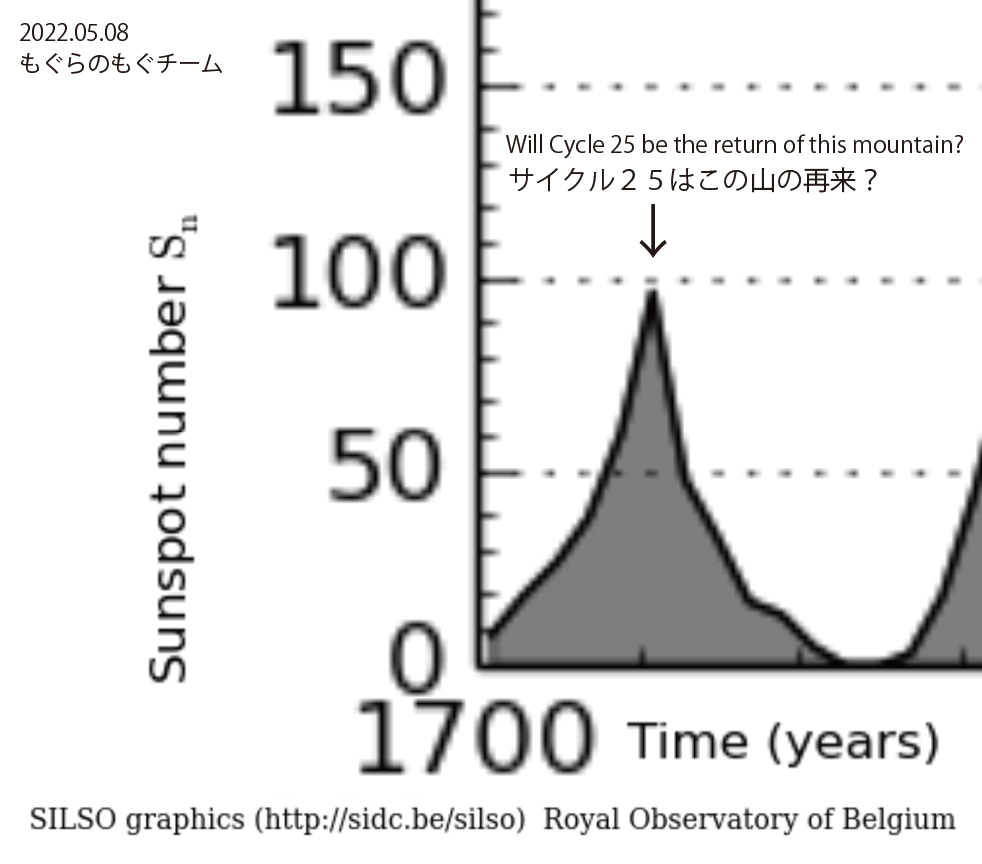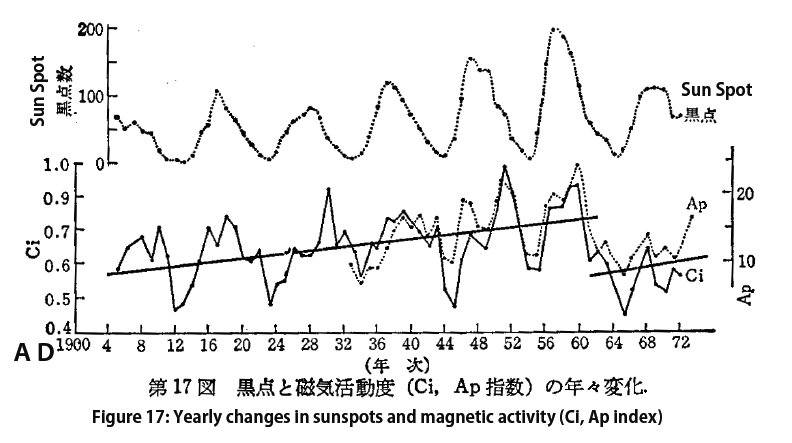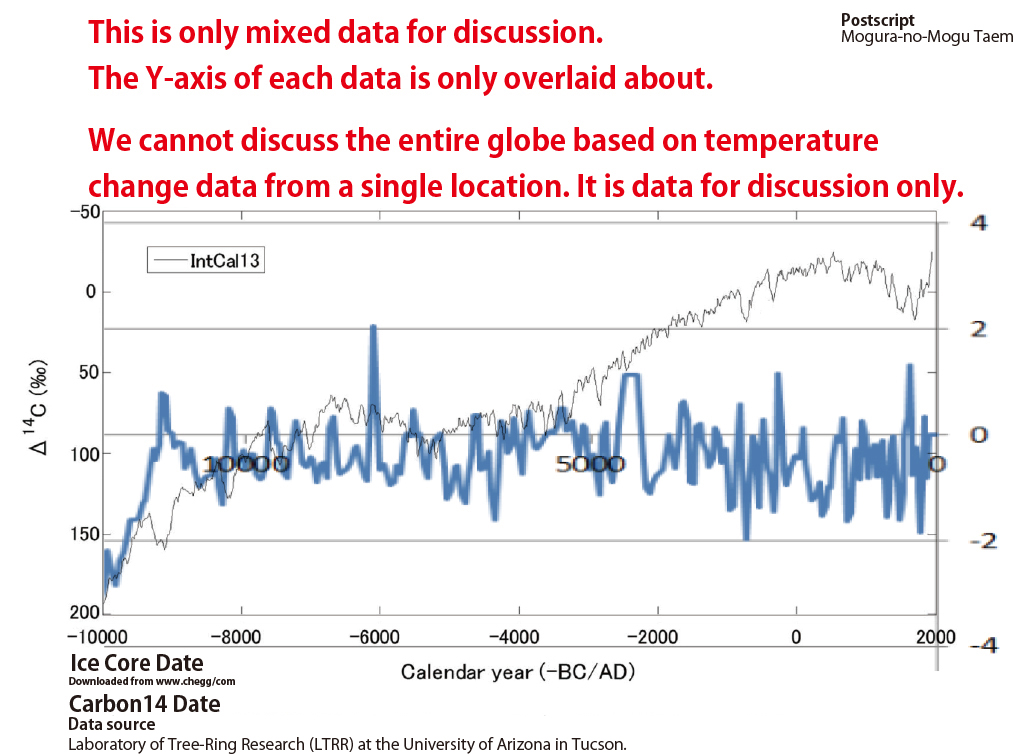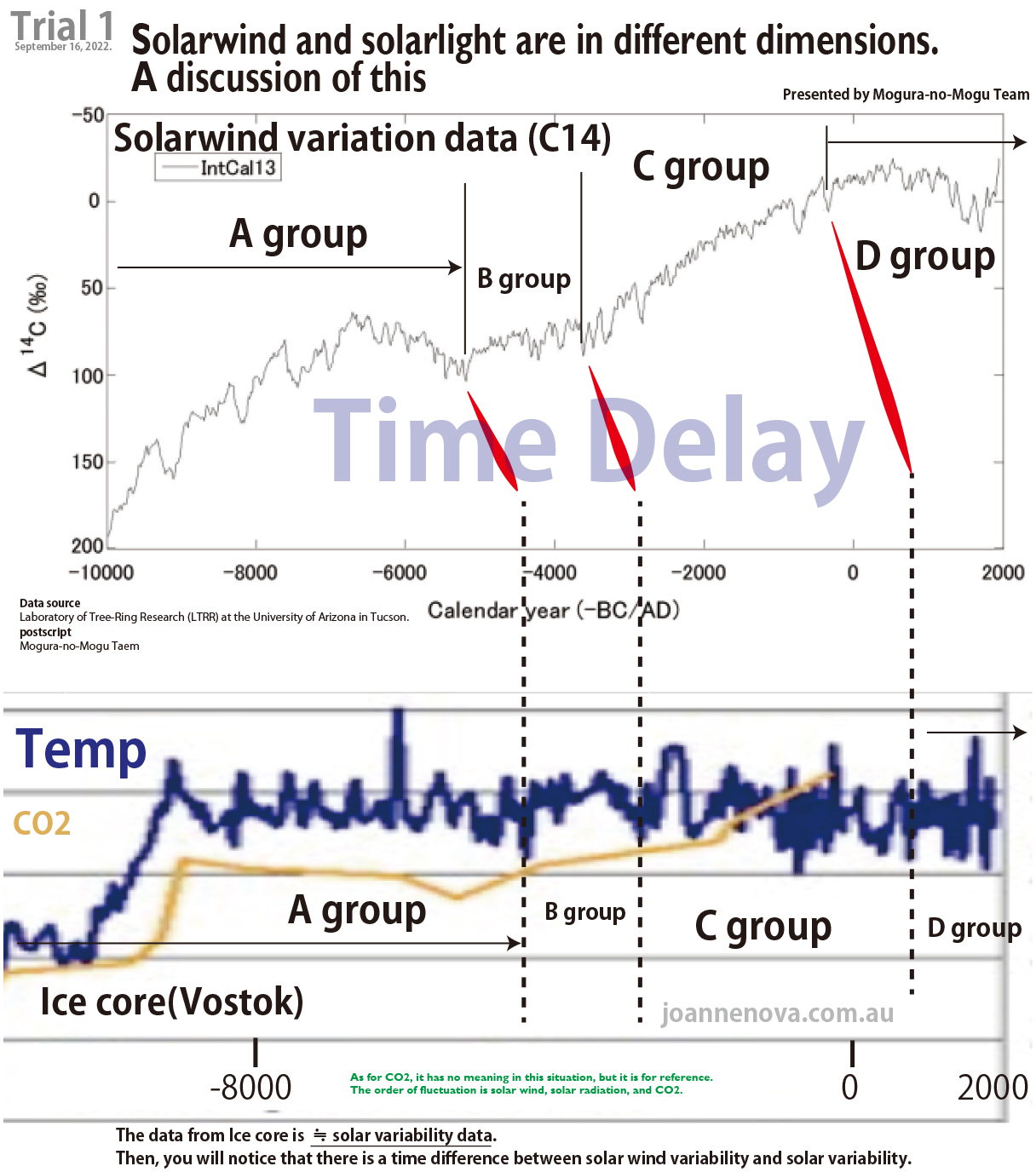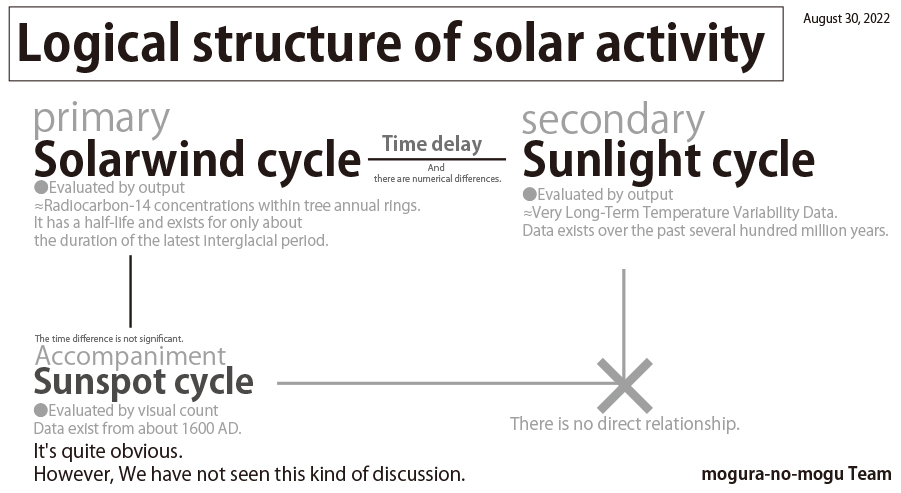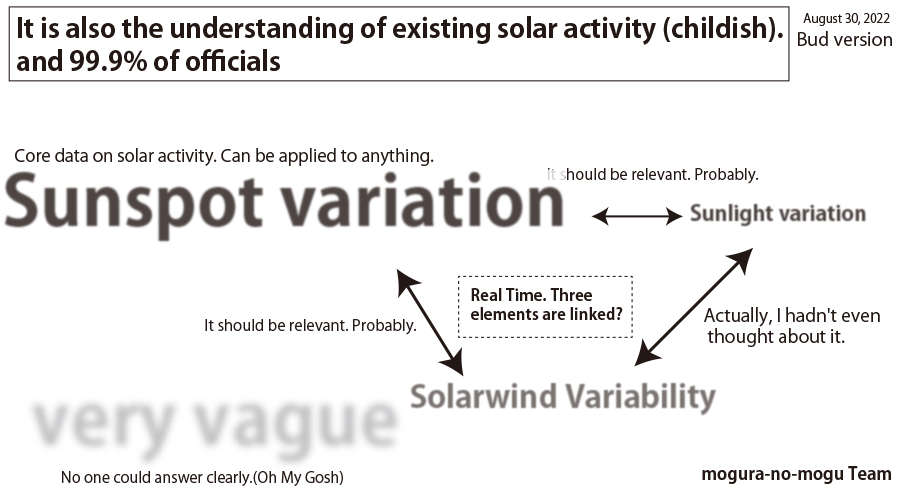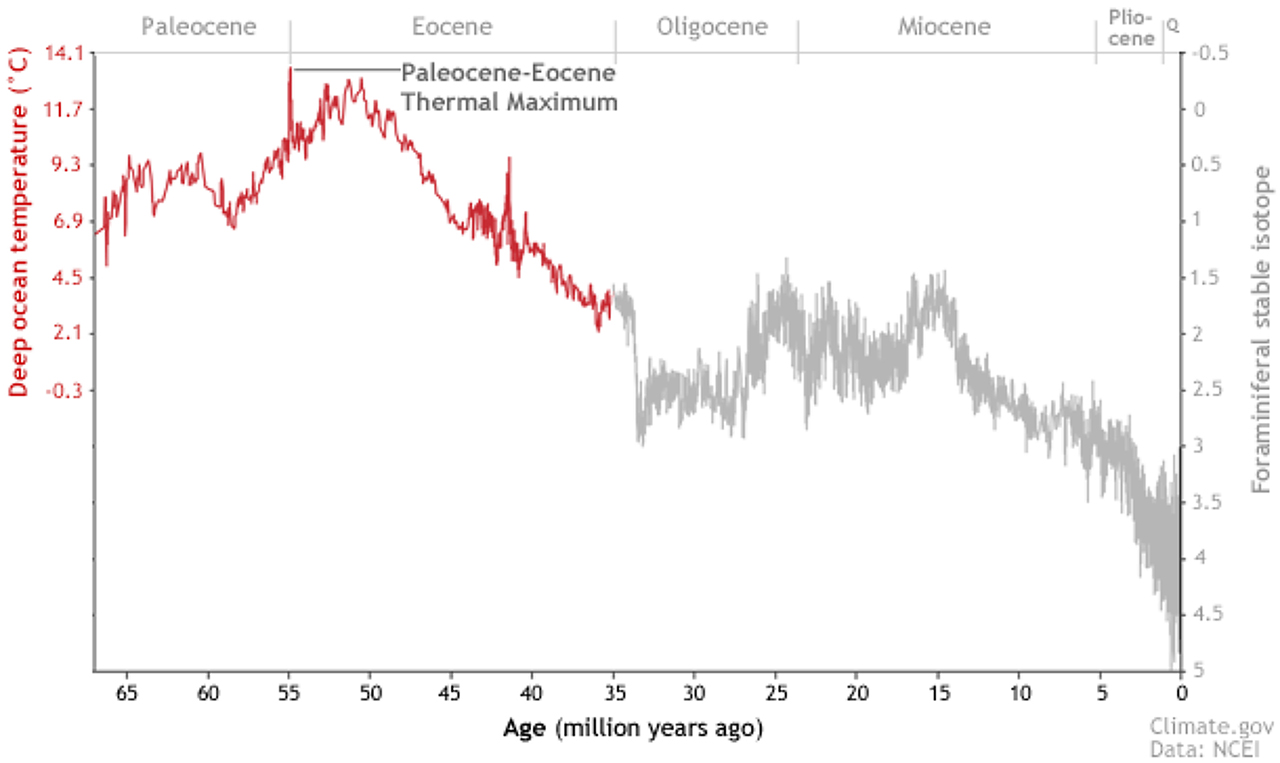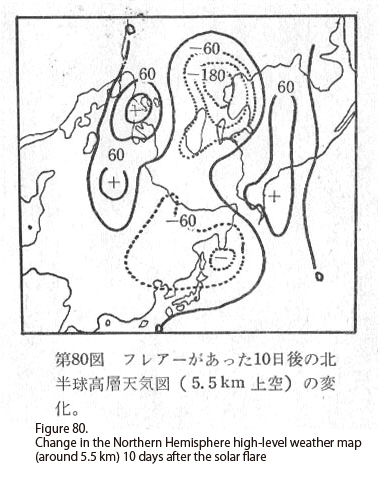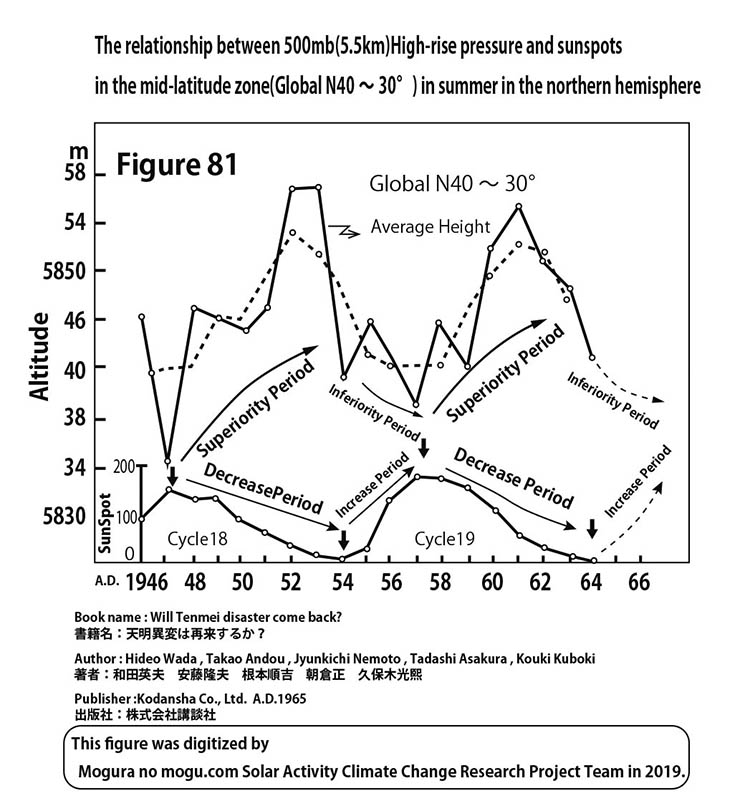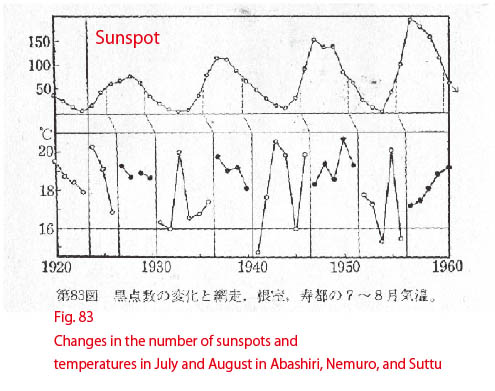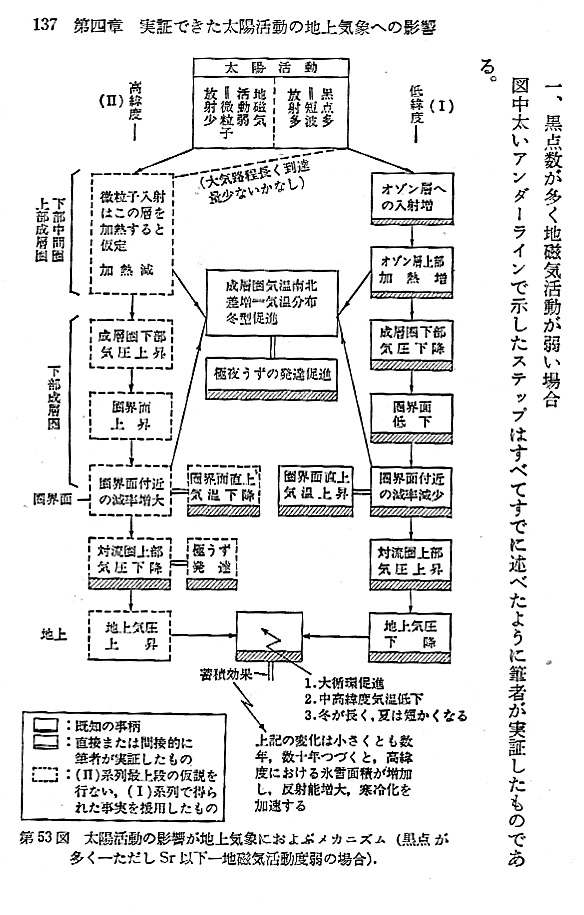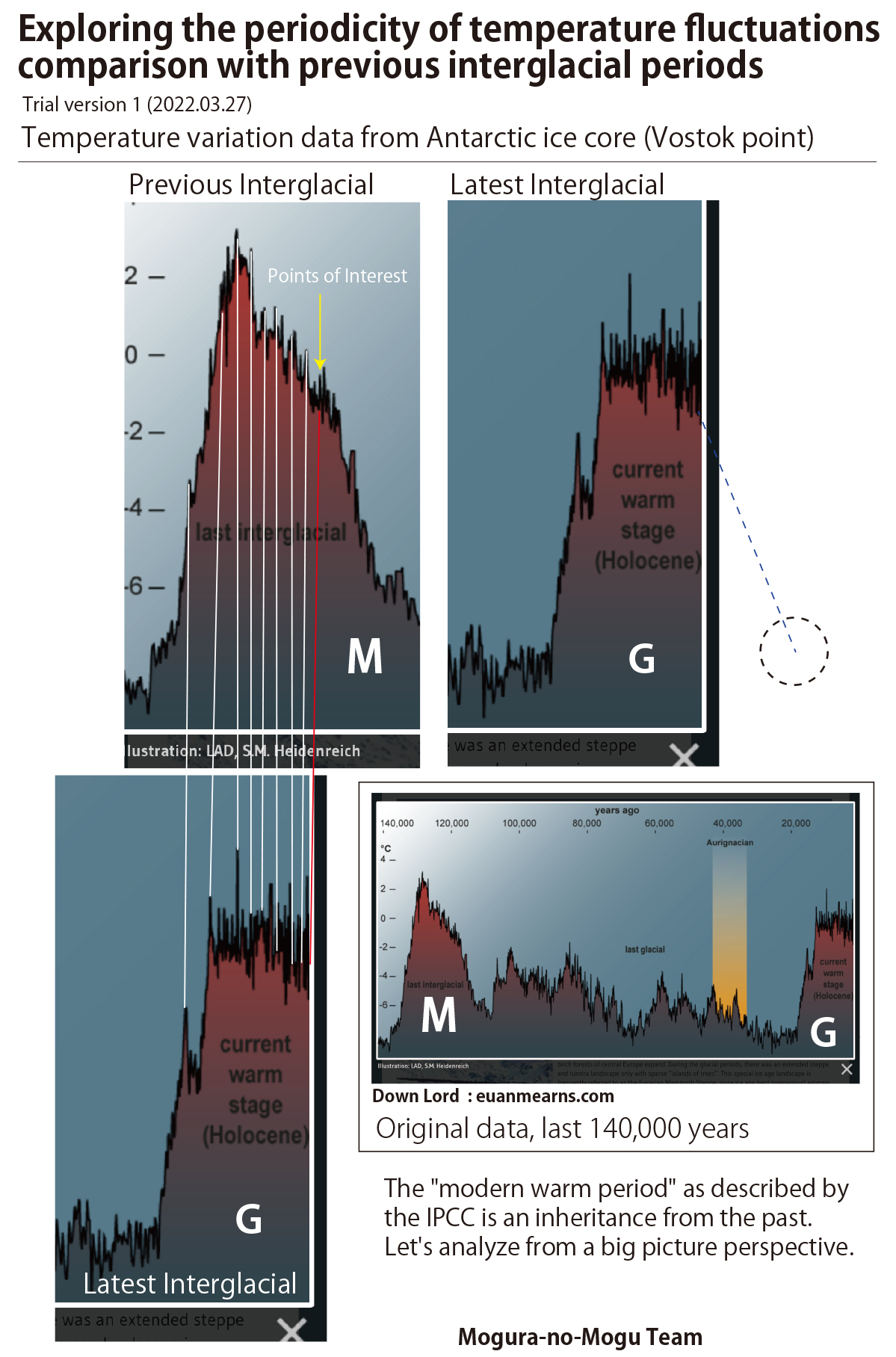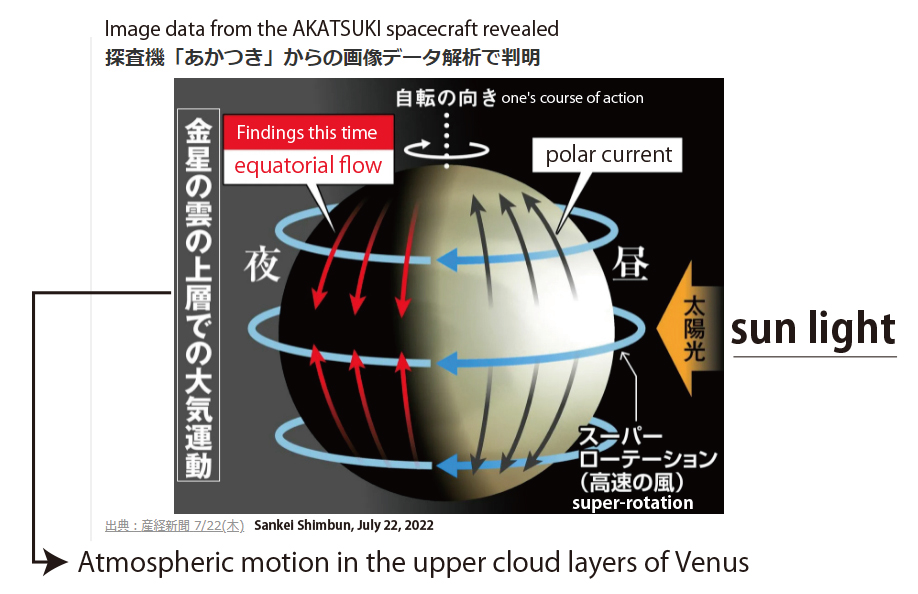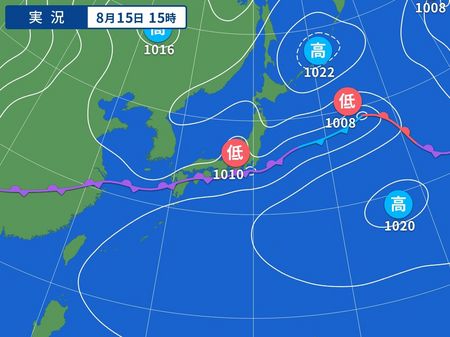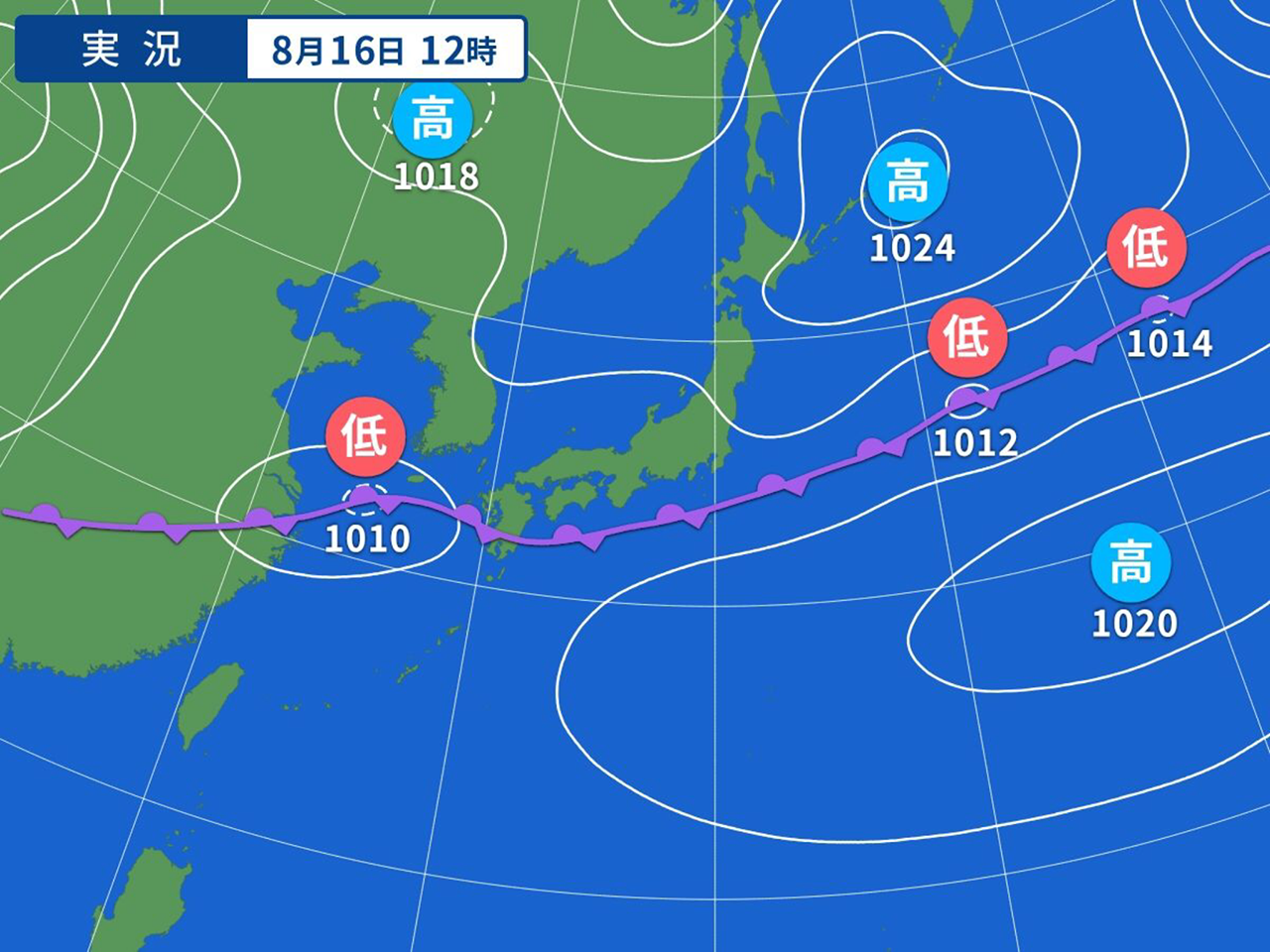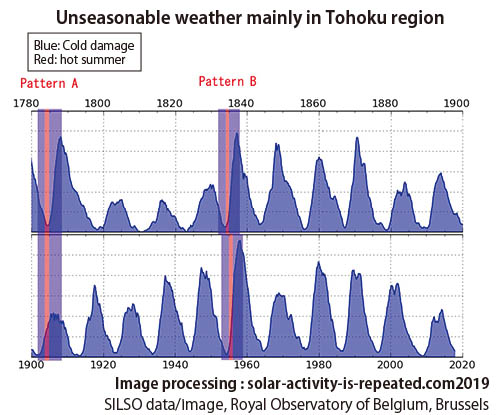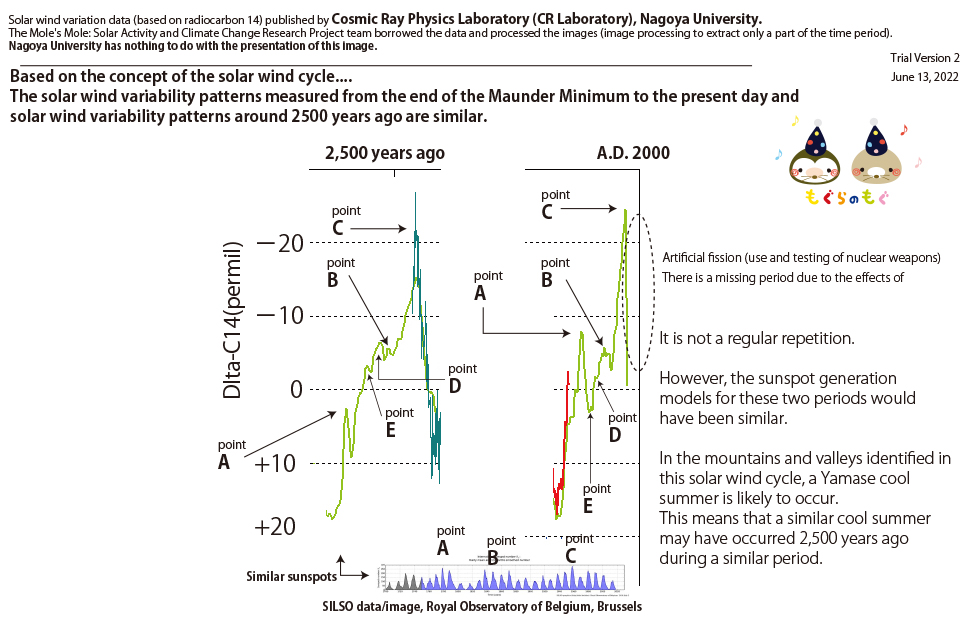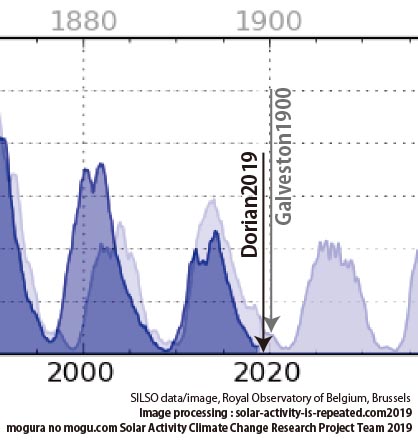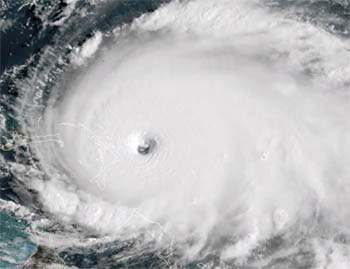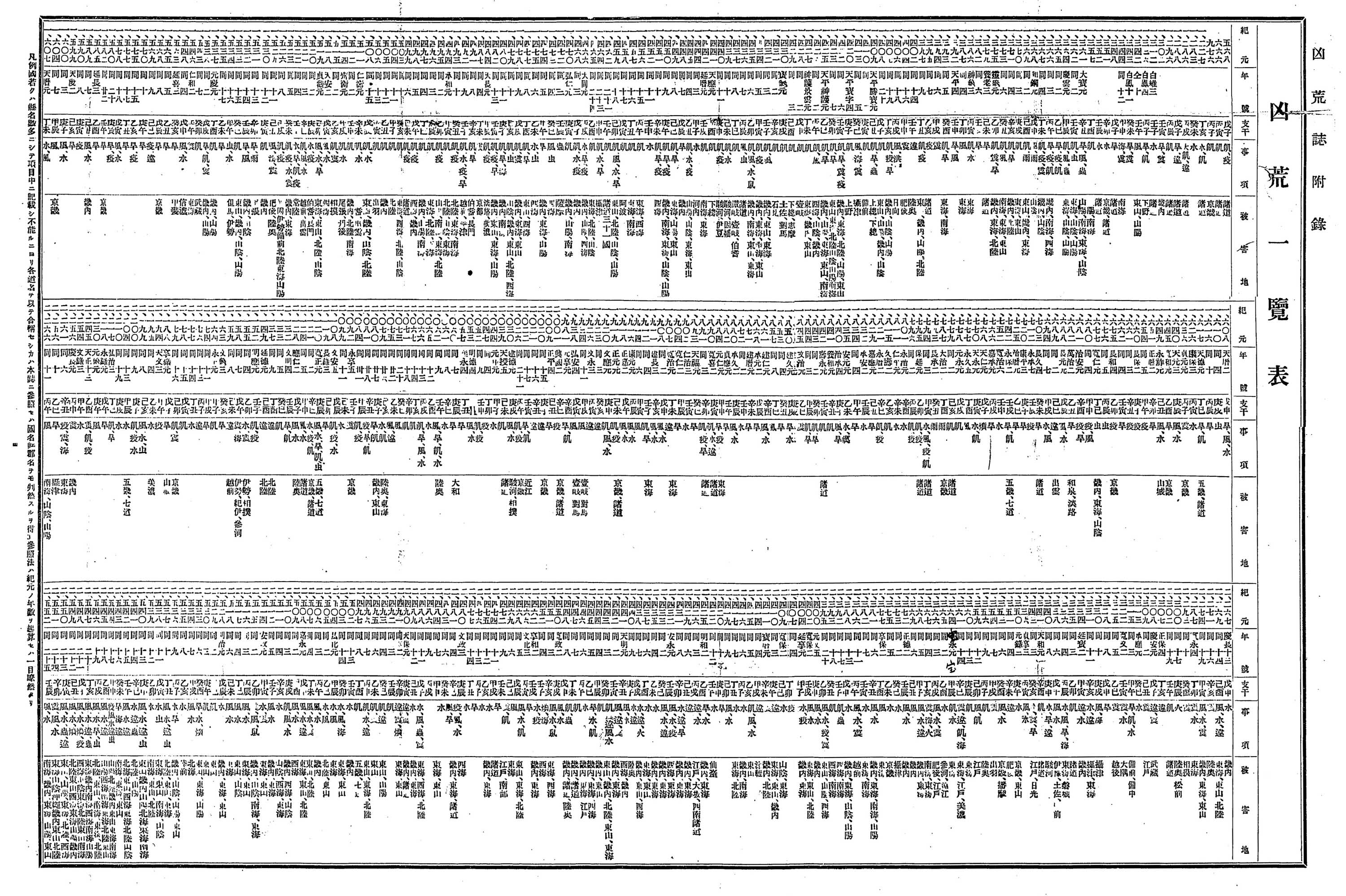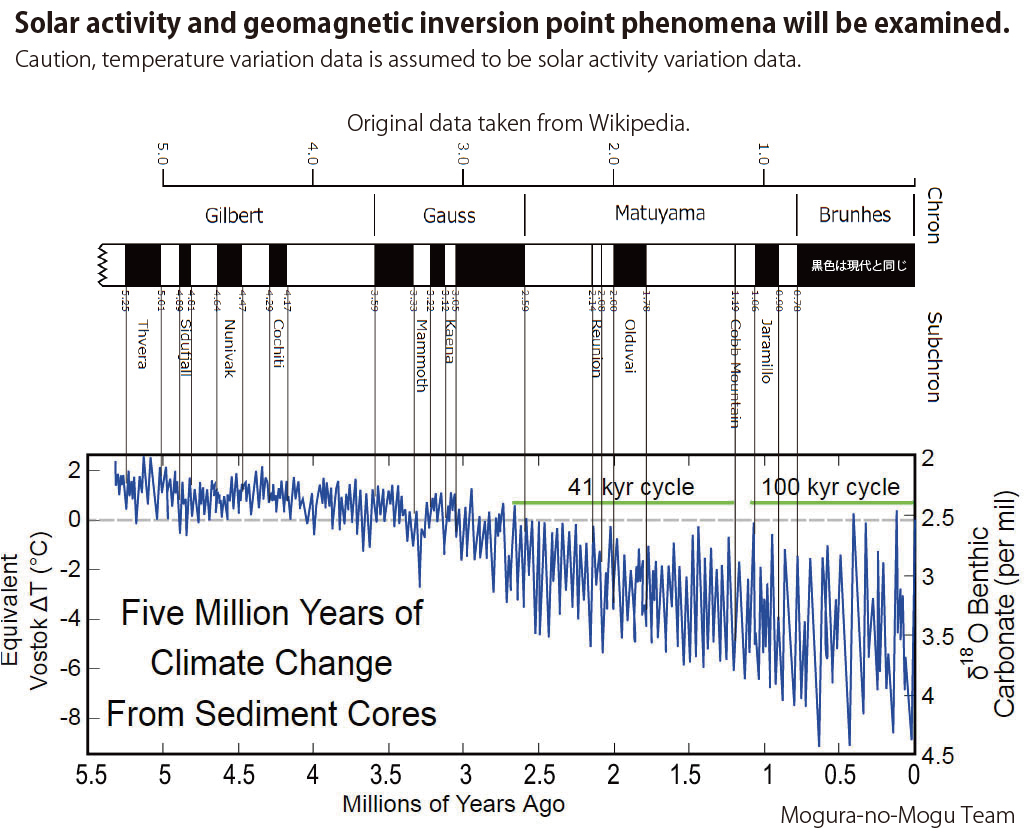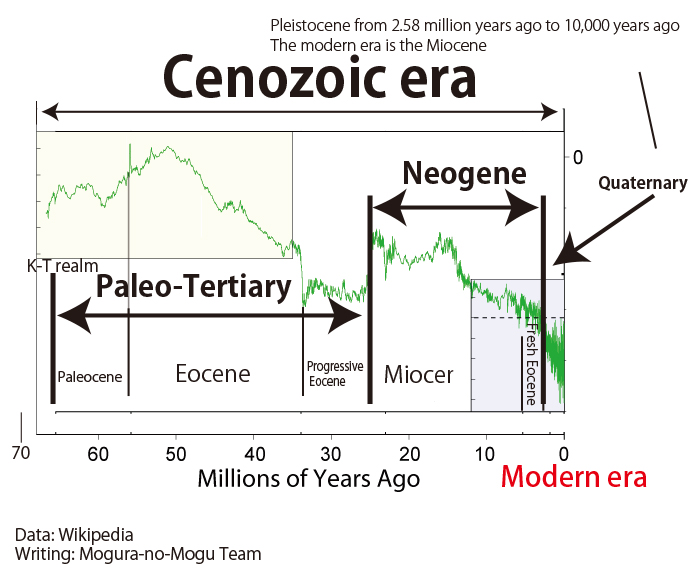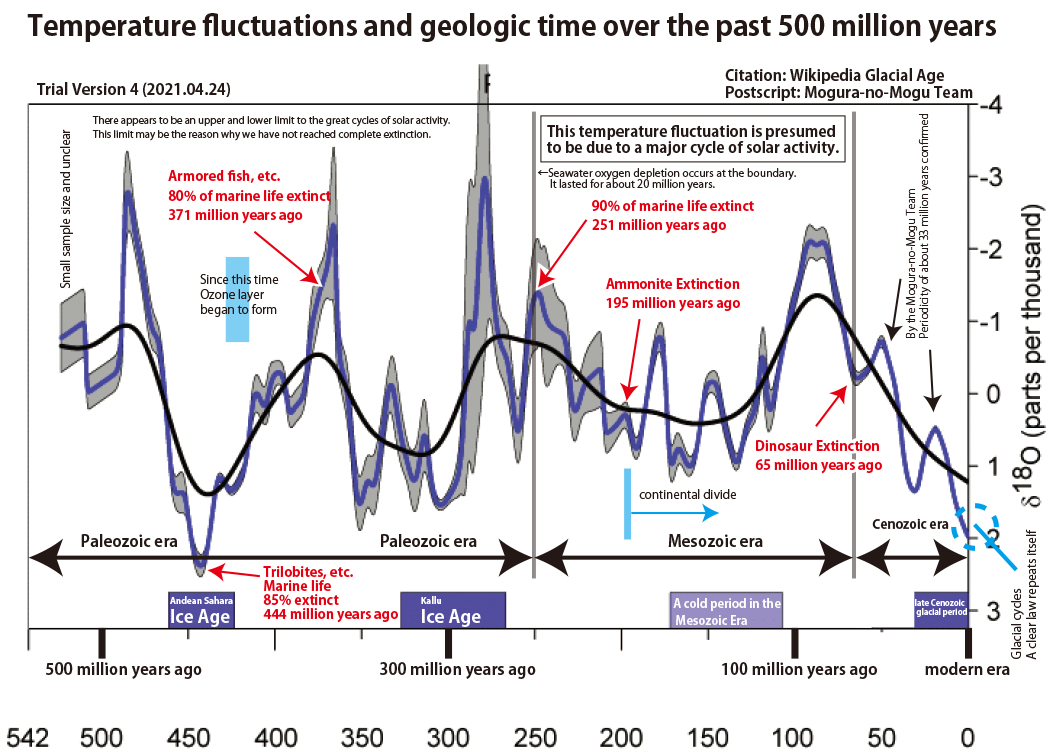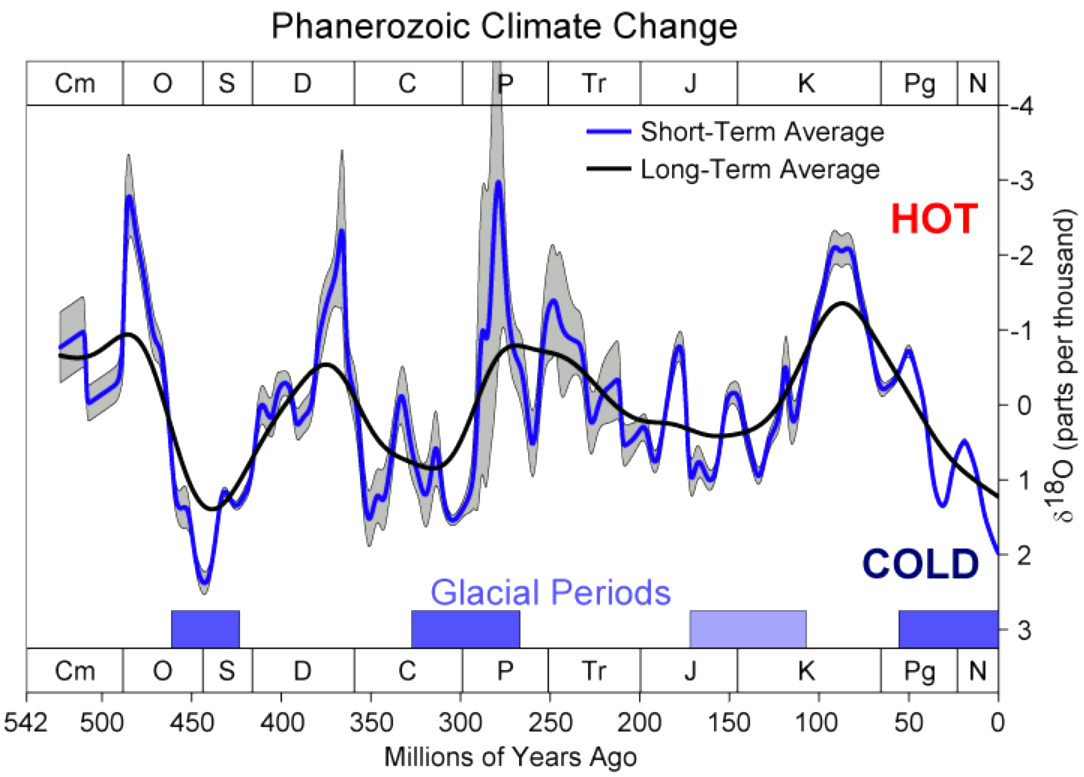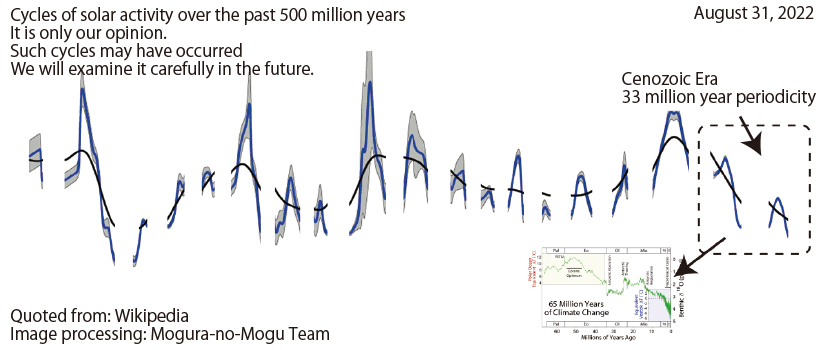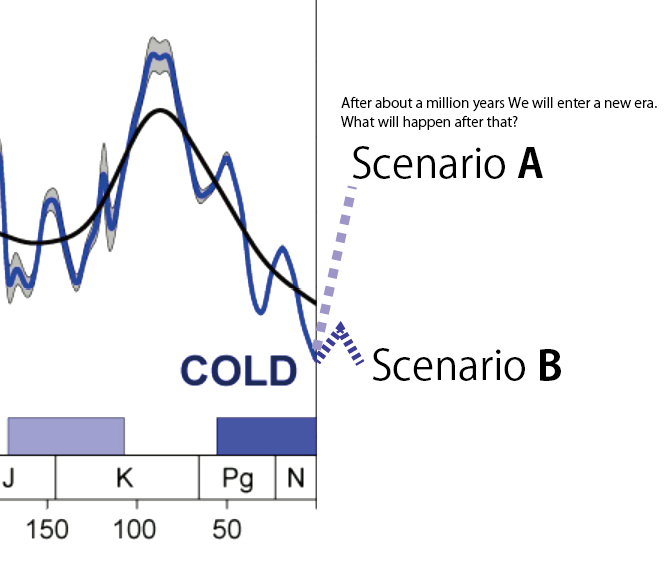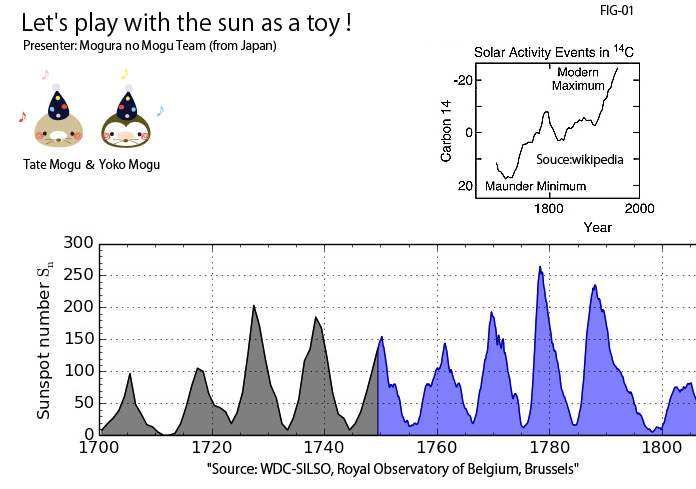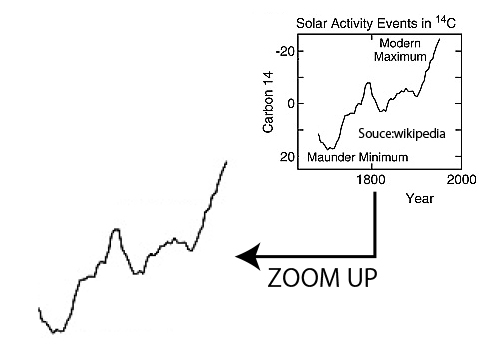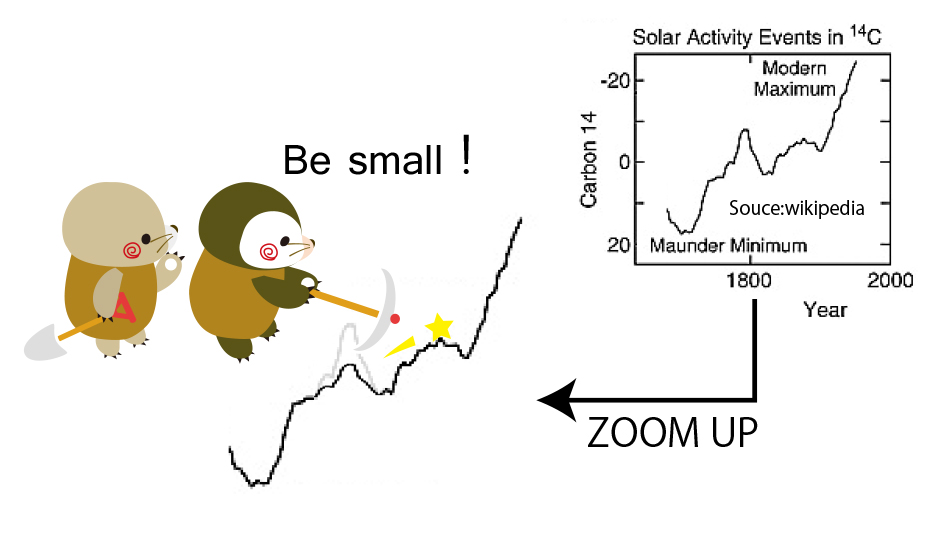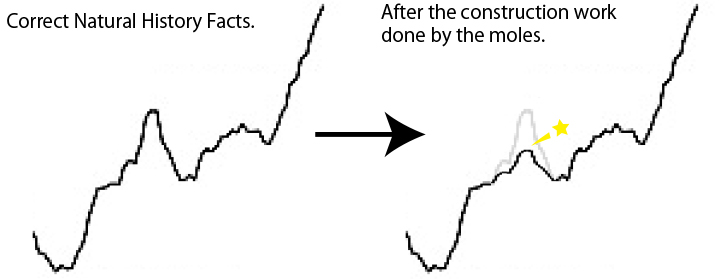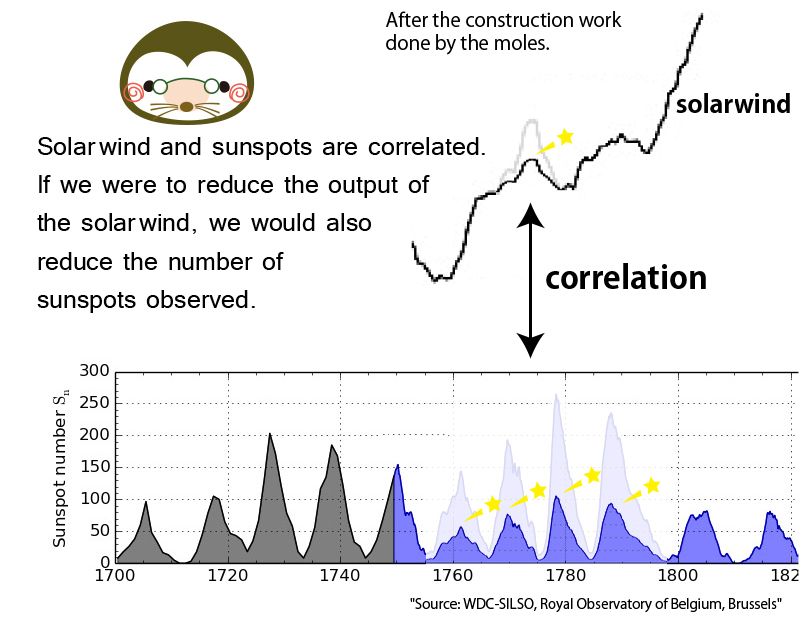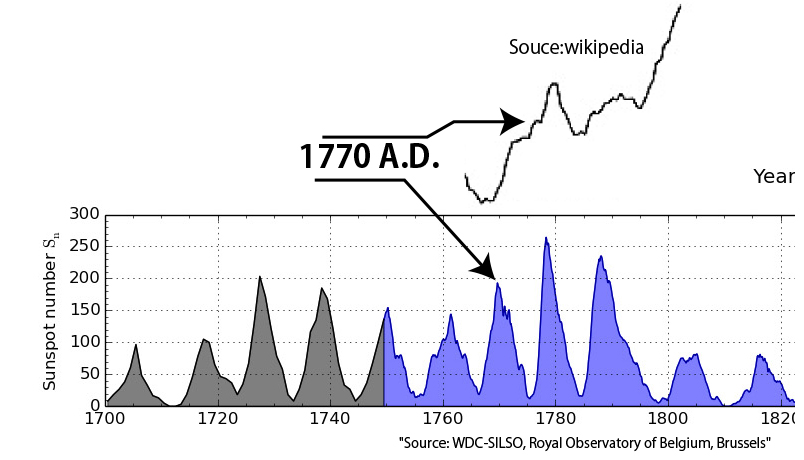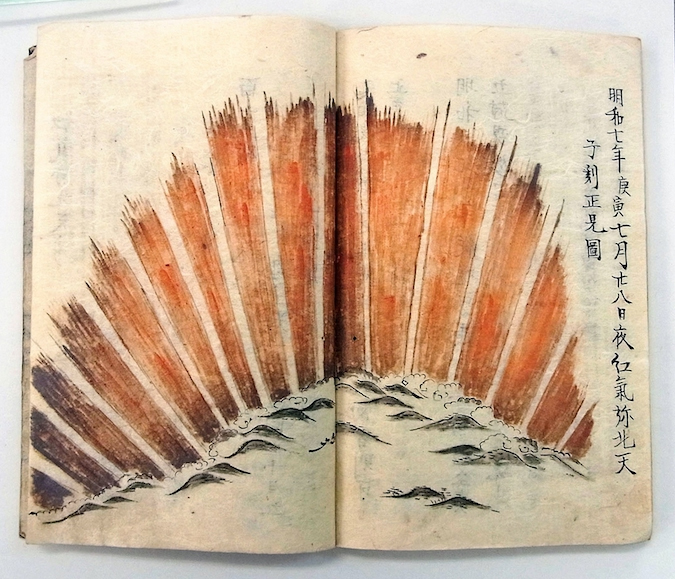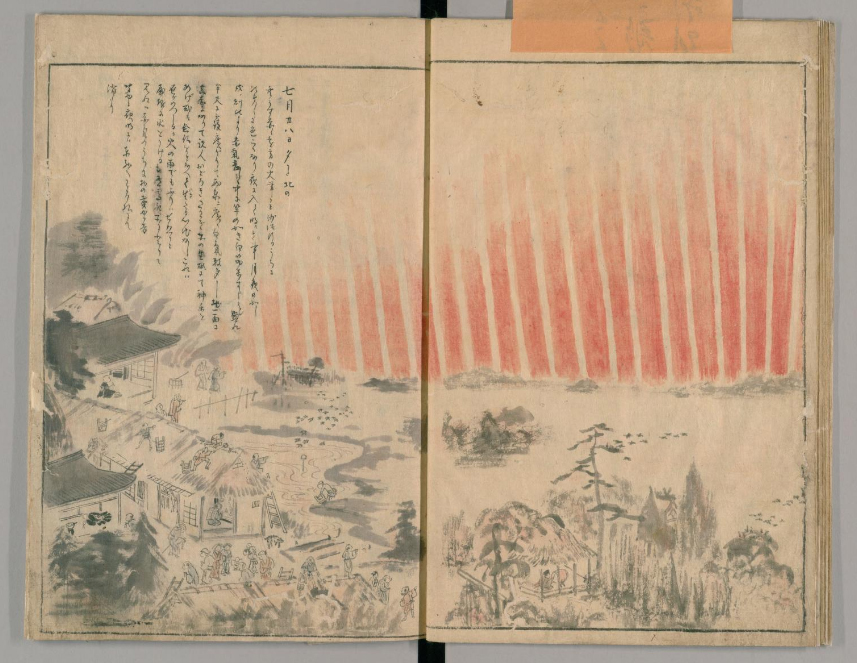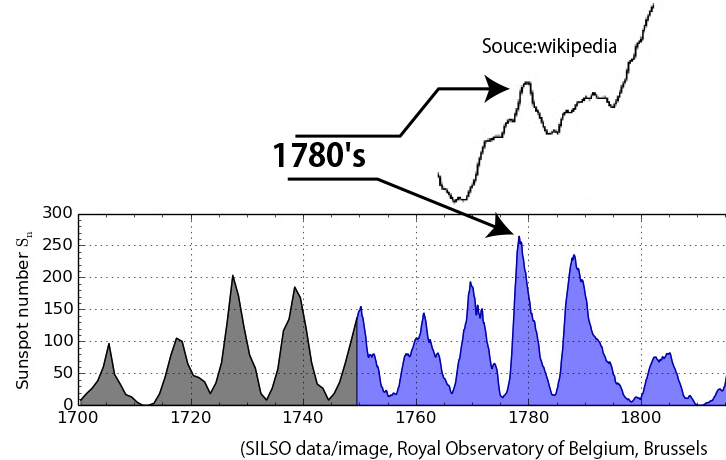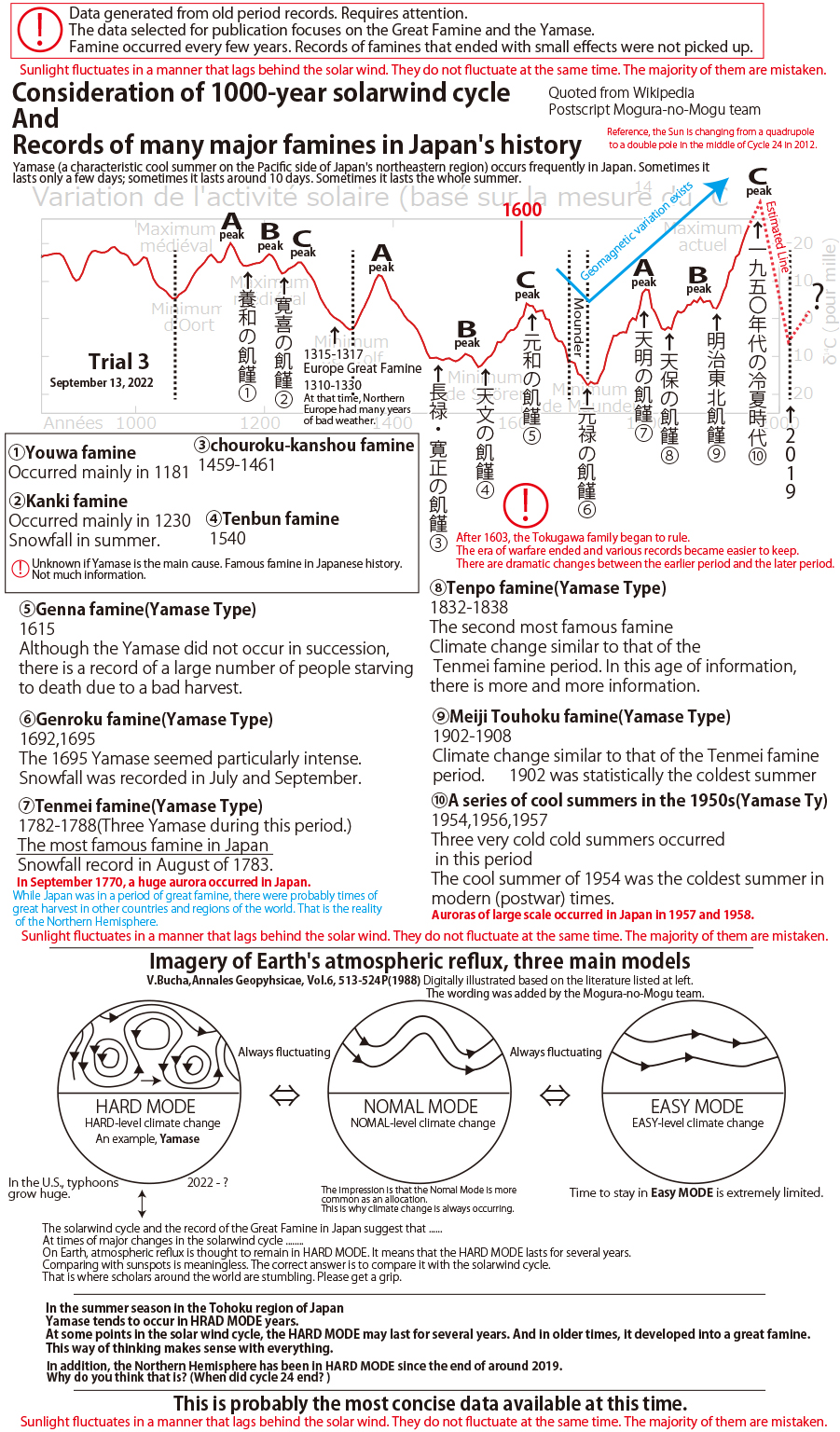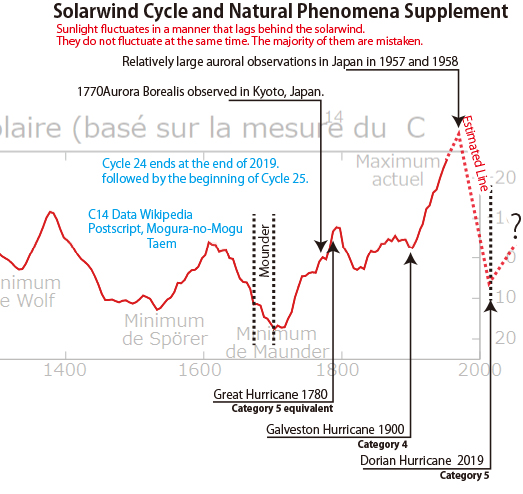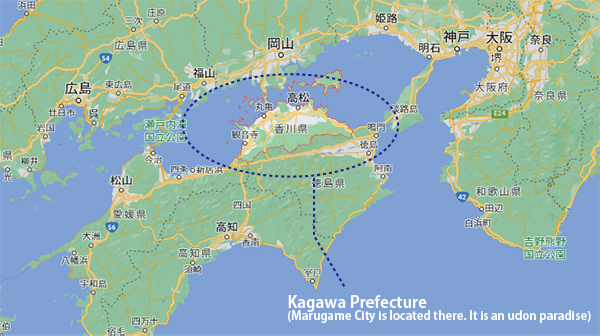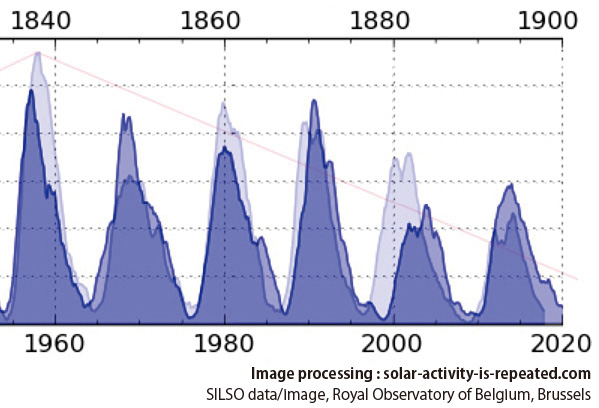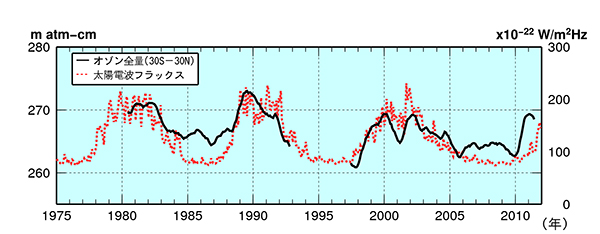Explore aptitude in the field of climate change research
Self-Check Test
Please answer yes or no. Each will be rated by the number of responses.
Question 1
Do you know that research and work must be approached calmly and carefully? And are you able to practice it?
Question 2.
Do you understand that if you make a foolish announcement, you will cause trouble for others and the world?
Question 3.
Do you understand that you have to connect and explain everything in your scientific presentation?
Question 4.
Do you understand that the Mogura-no-Mogu team is always based on common sense considerations and always able to make common sense conclusions?
Question 5.
Can you correctly diagram the relationship between solarlight, sunspots and solarwind? Did you understand that there is a logical structure there?
Question 6.
Do you understand that discussing sunspot data and global climate change is an act that lacks premises?
Question 7.
Have you come to understand that comparing and contrasting sunspots with the average temperature of the earth is a foolish act that lacks premise?
Question 8.
Do you understand that solar wind and sunlight must be clearly separated and understood?
Question 9.
(which is difficult to disentangle completely) Did you understand that the solar wind cycle would be related to atmospheric reflux and the solarlight cycle would be related to mean temperature?
Question 10.
Did you understand that there was a definite periodicity in global temperature fluctuations? Did you also understand that the modern temperature increase is also in line with the periodicity? Did you also understand that it is synchronized with the periodicity of solar activity?
Evaluation Announcement
Yes Responses 10
We are finally at the starting point. We look forward to your future success.
Yes Responses 9
We had reached a close point. However, We still need to study more. You should better understand the explanations of Professor Papa-mogu and Dr. Kaeru-san.
Yes Responses 8-6
Failure is confirmed. However, there is a chance to start over. It is up to you.
Yes Responses 5 or below
Unfortunately, you are not suited for work in this field. However, if you get a job at IPCC, you will be a competent employee. If you are published a skeptical book or a denial site, you should pretend not to see or hear it, and stubbornly continue to defend your own theory.
This is a rather harsh assessment, but climate change research is an area that should be tackled by scouring the best and brightest and selecting even more talented people from among them.
It is the most difficult subject in the world. It is not a job for the naive. |
